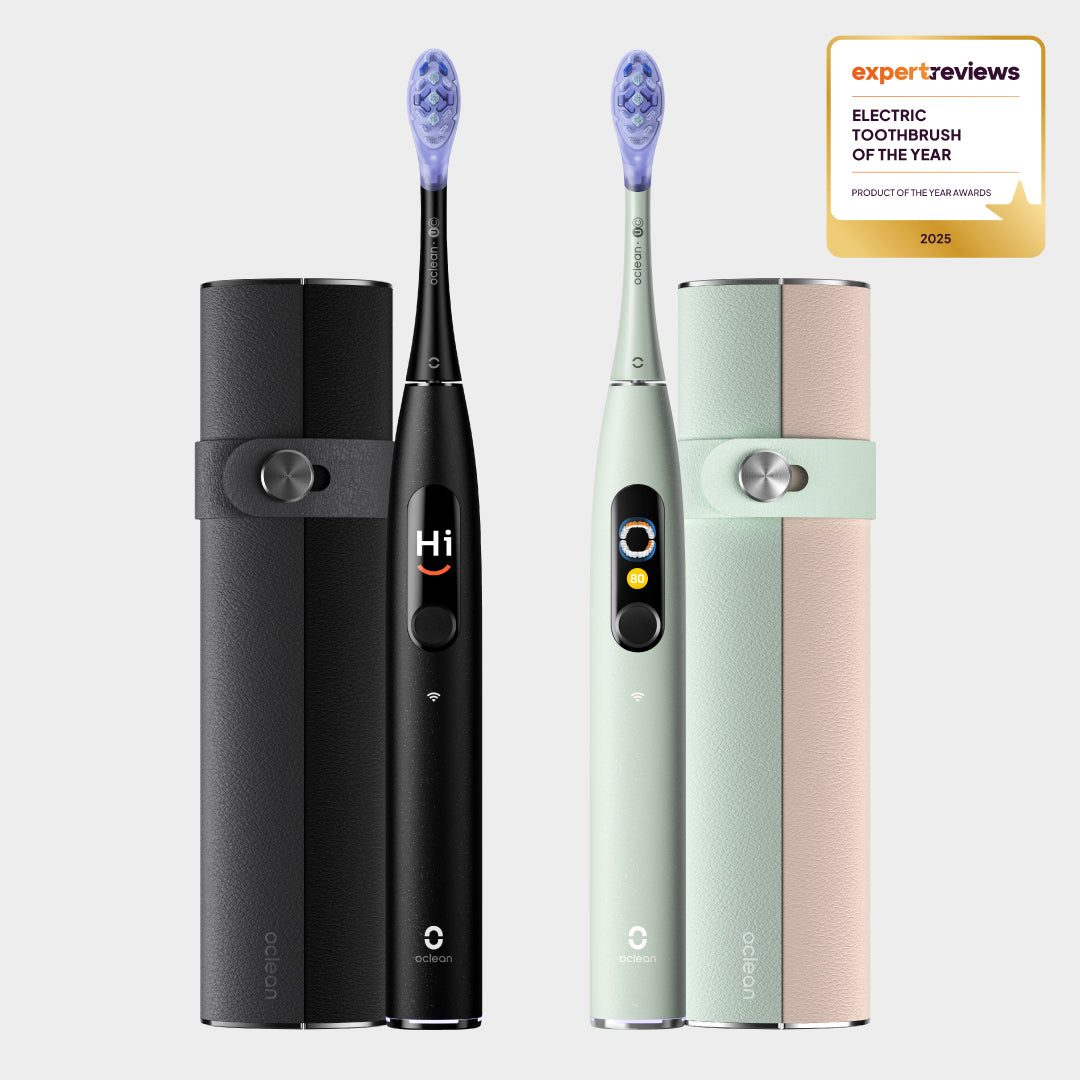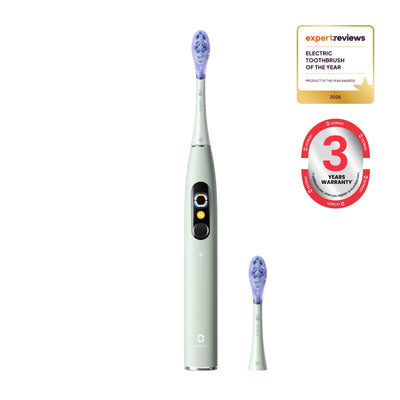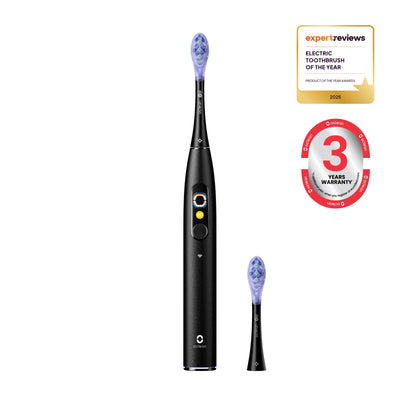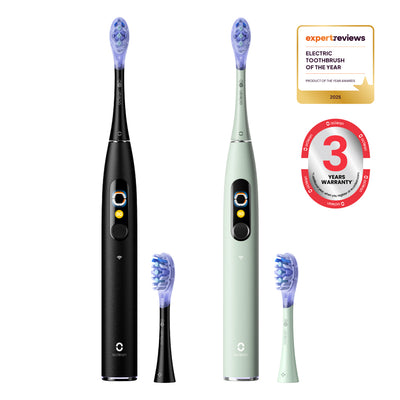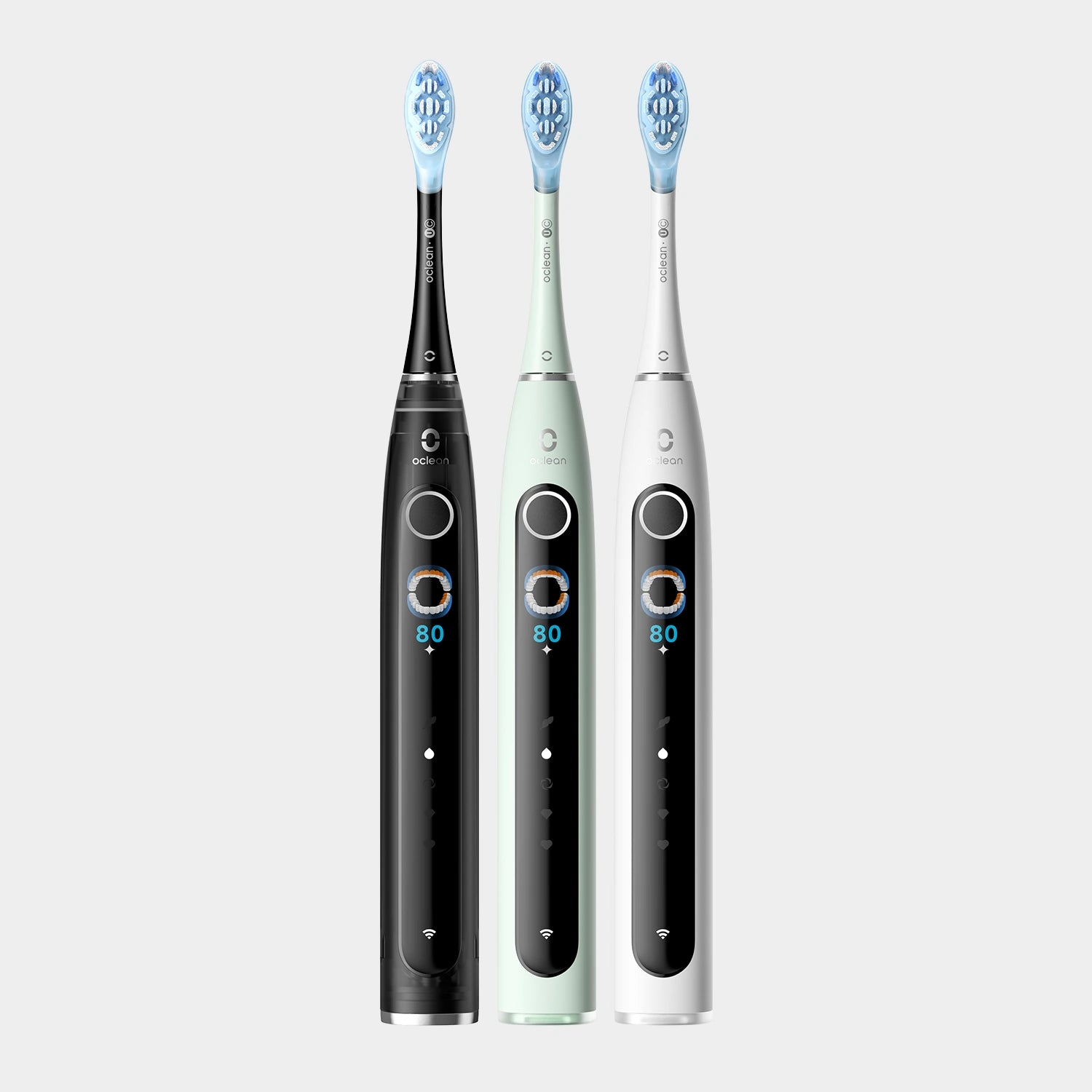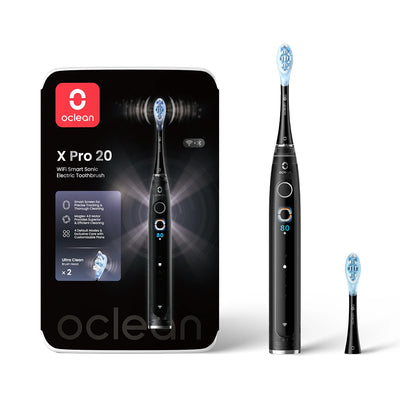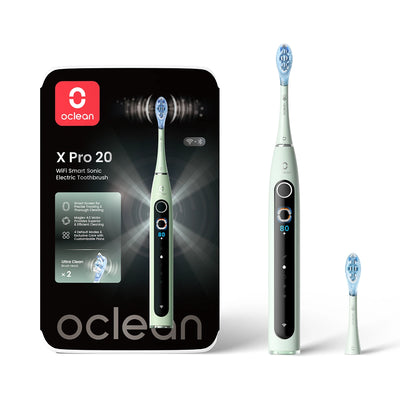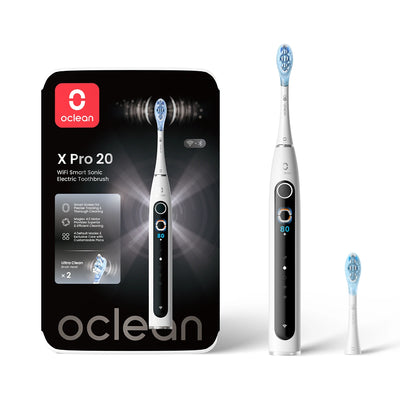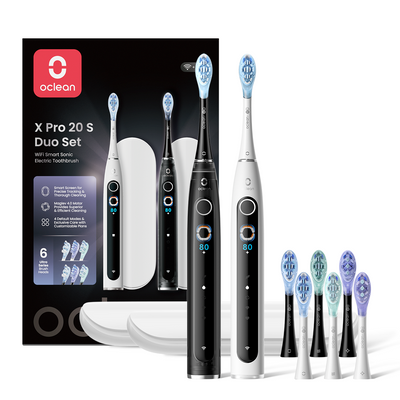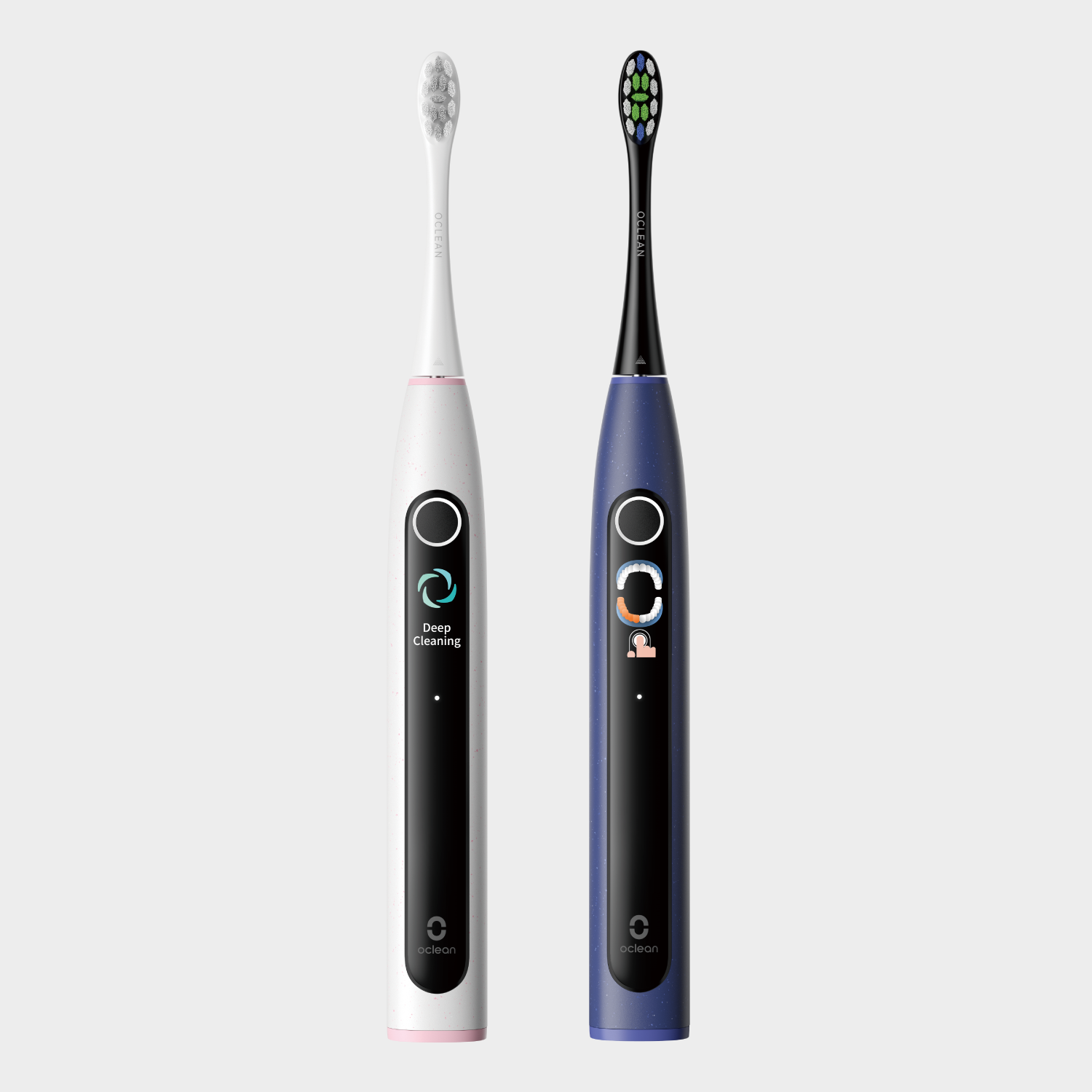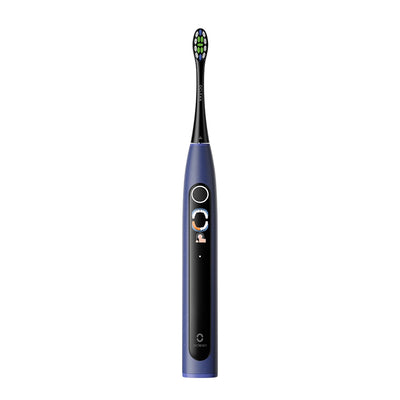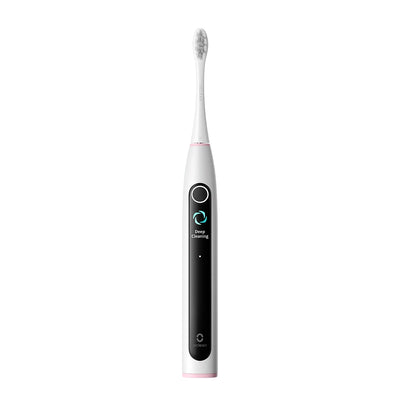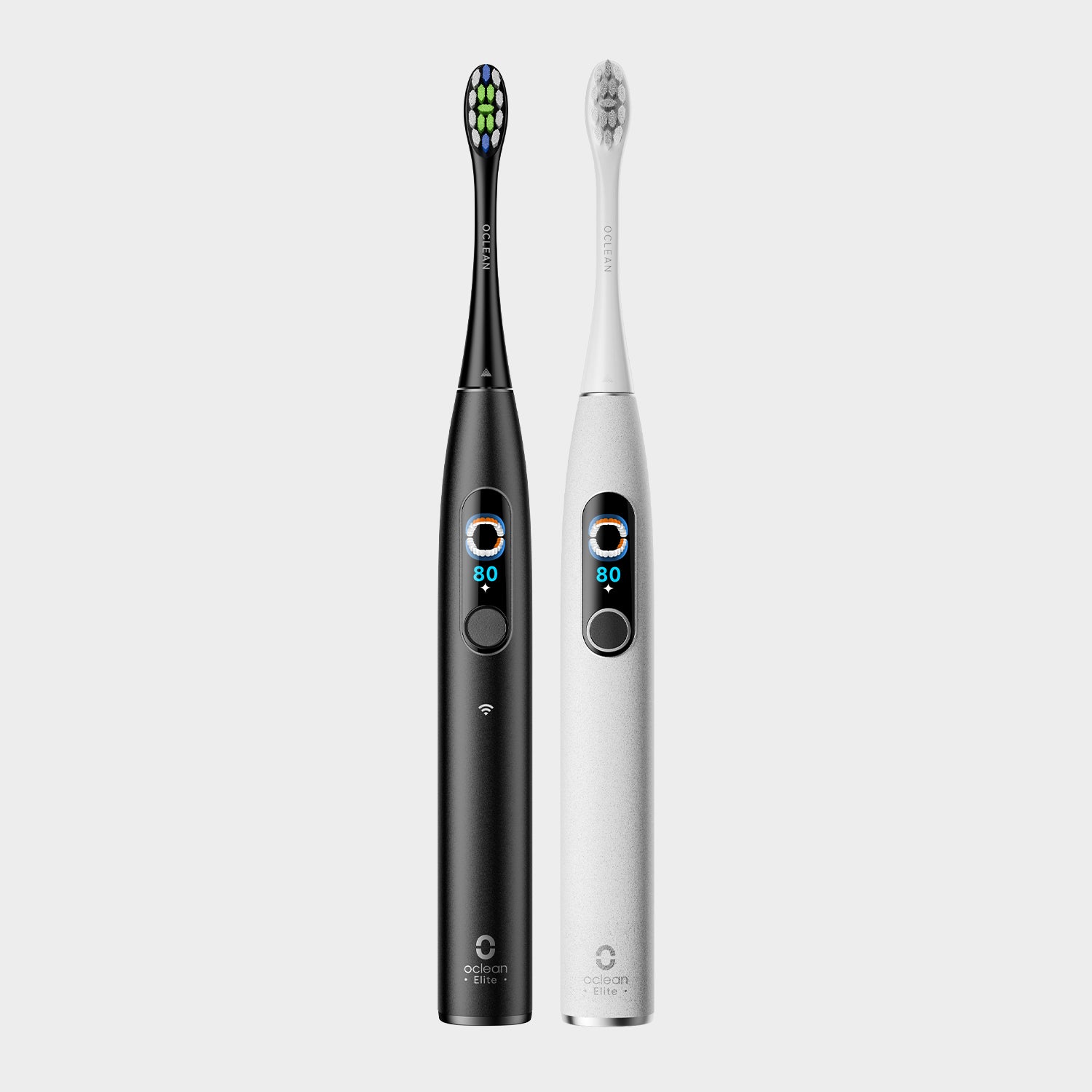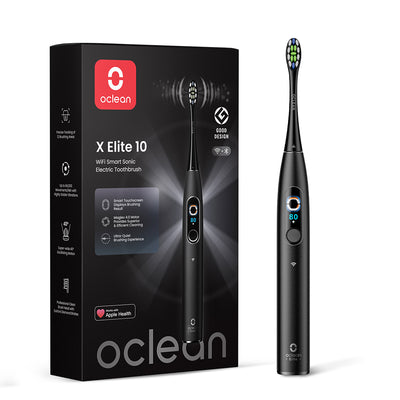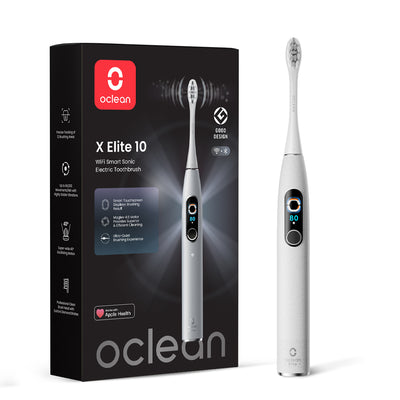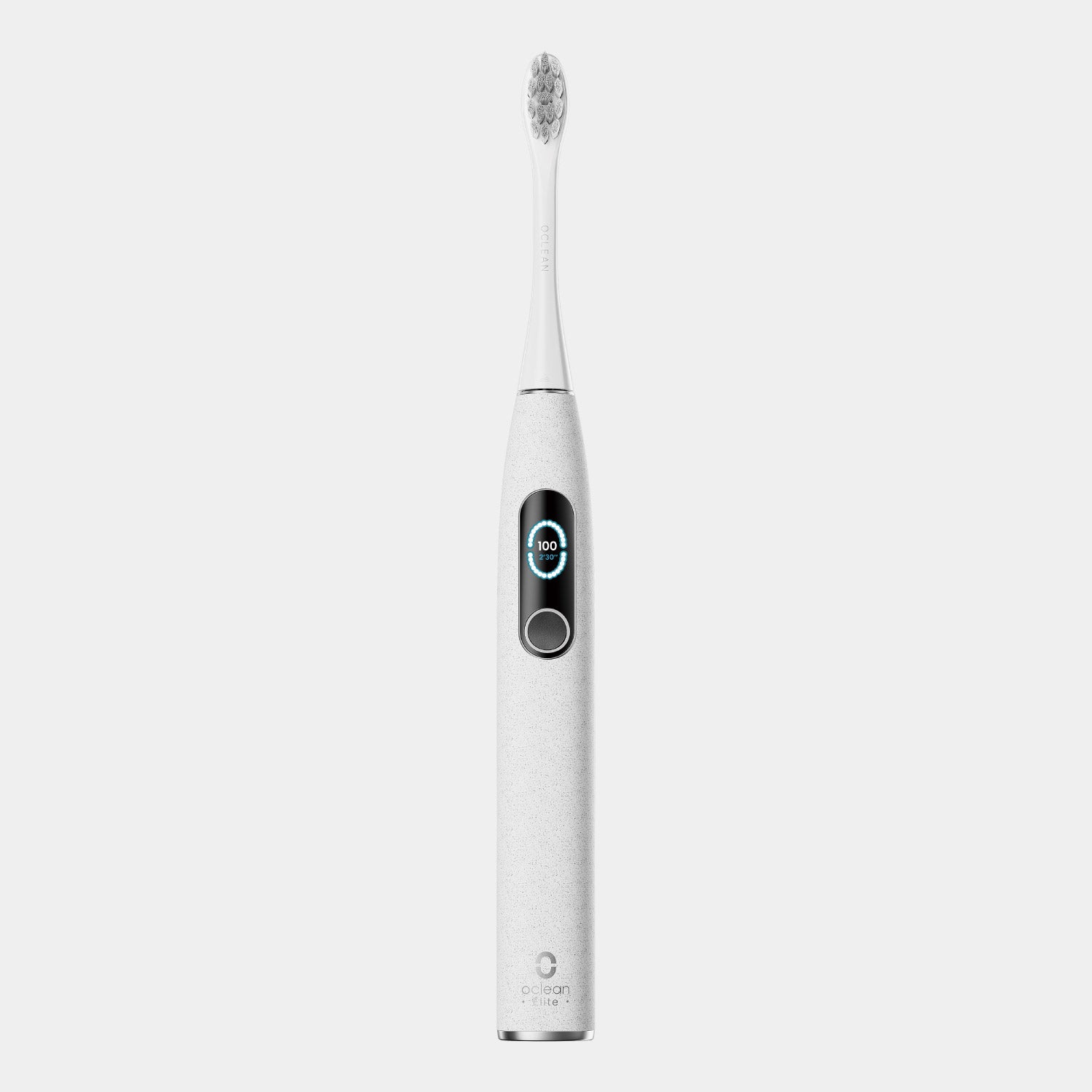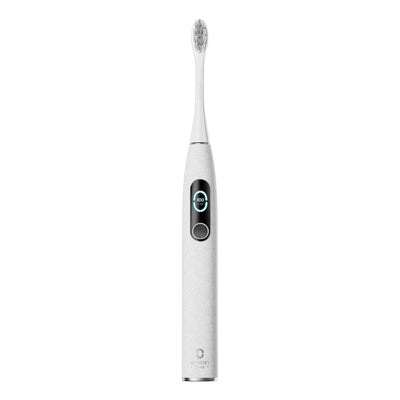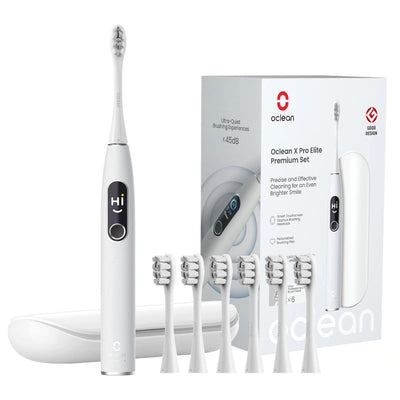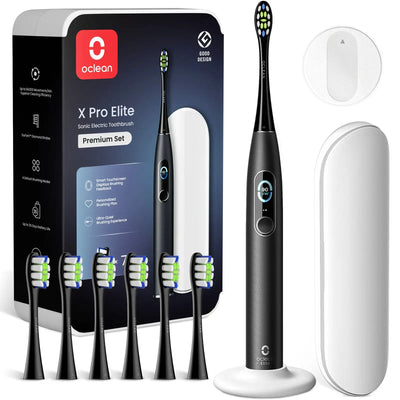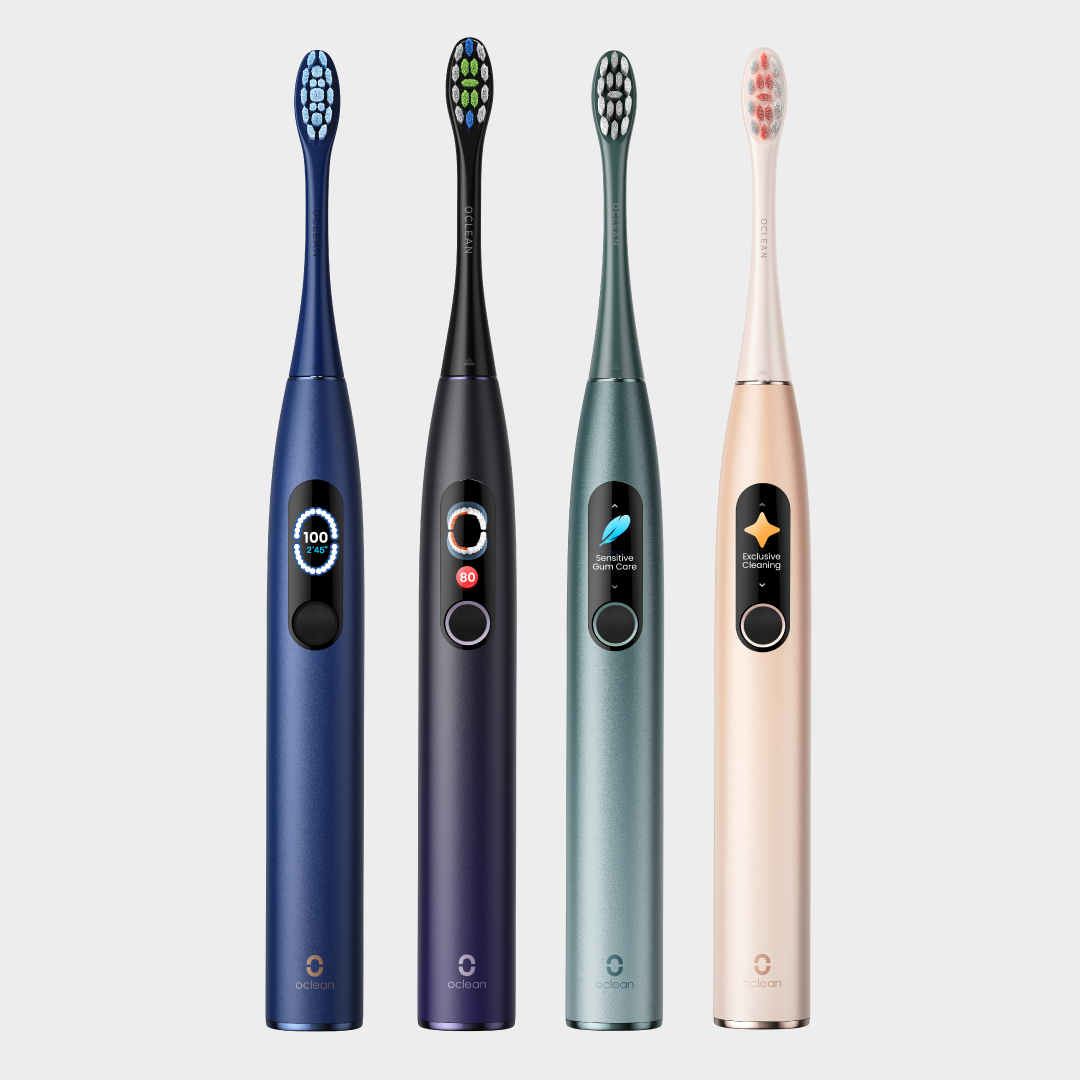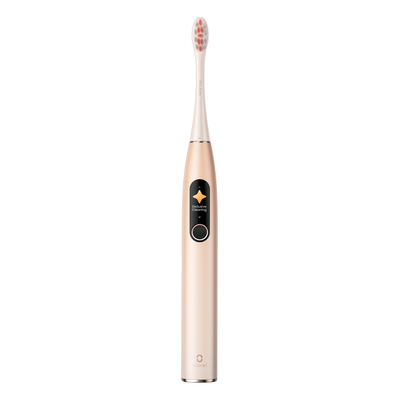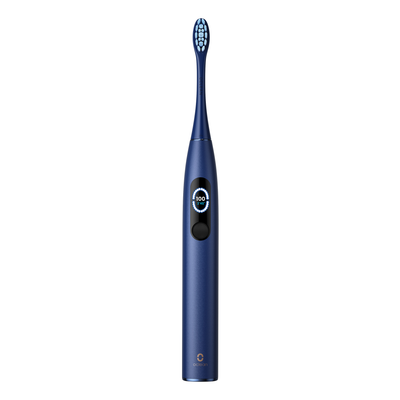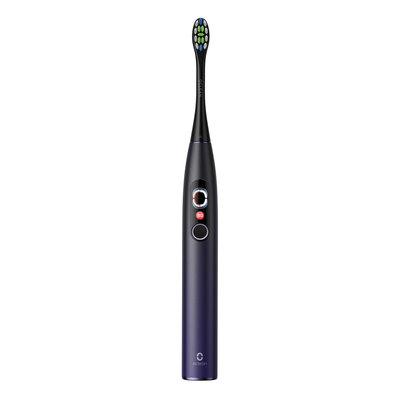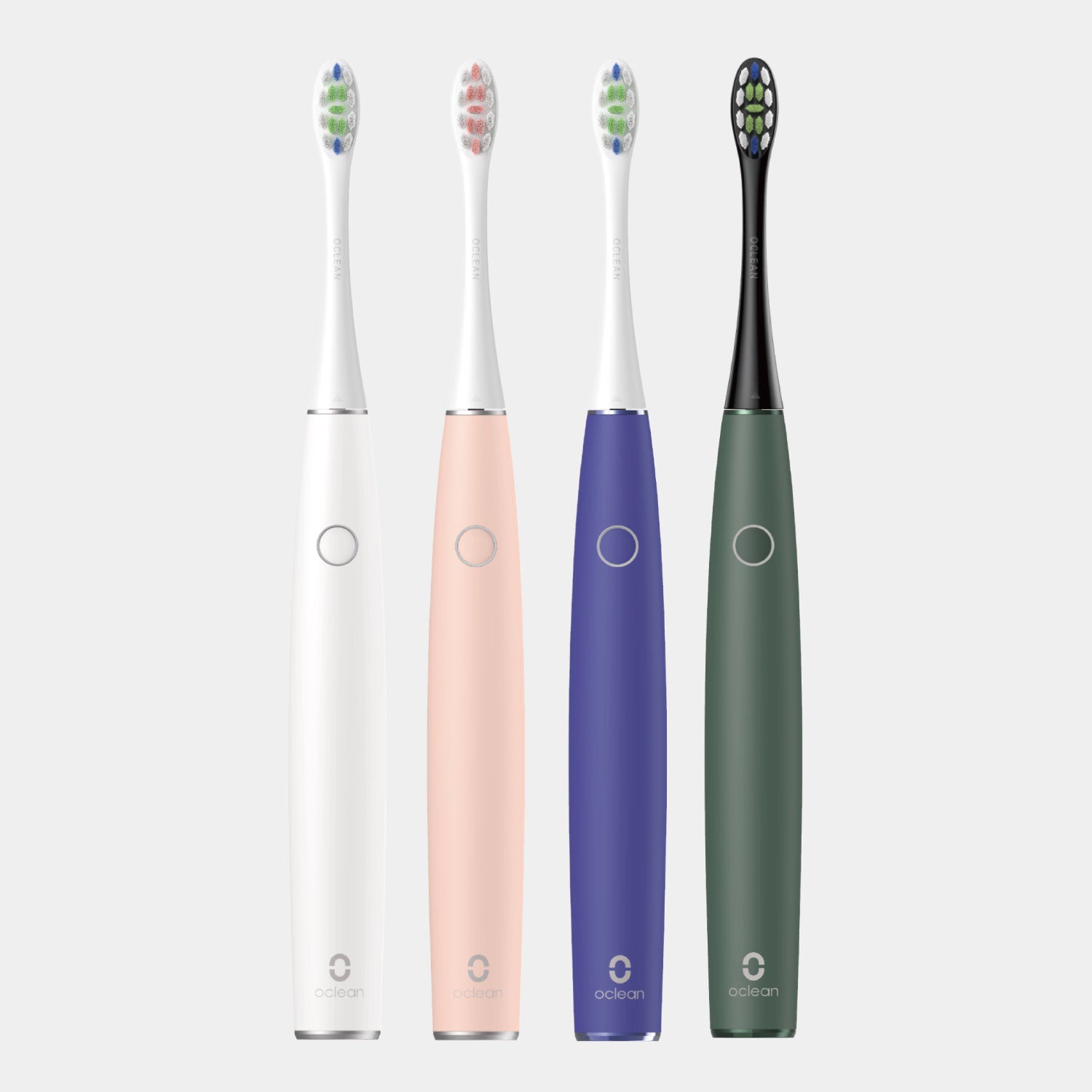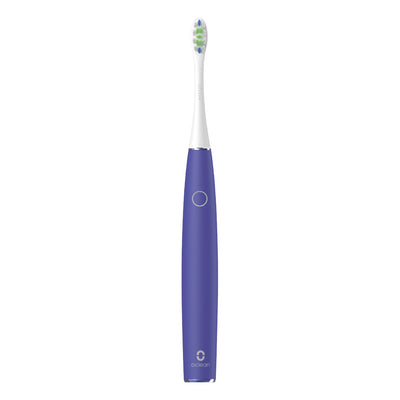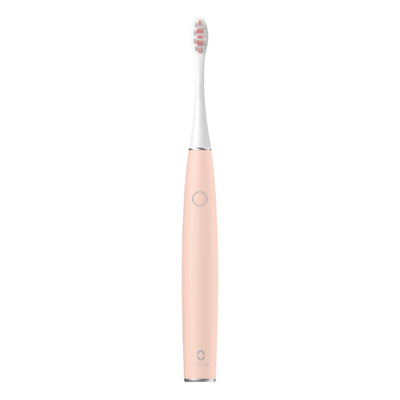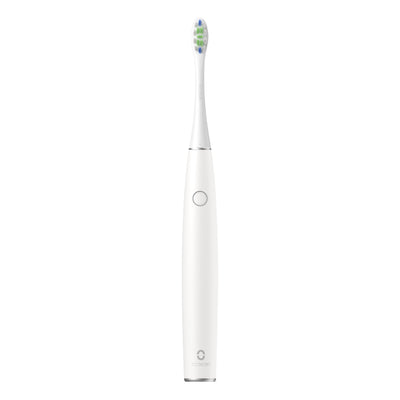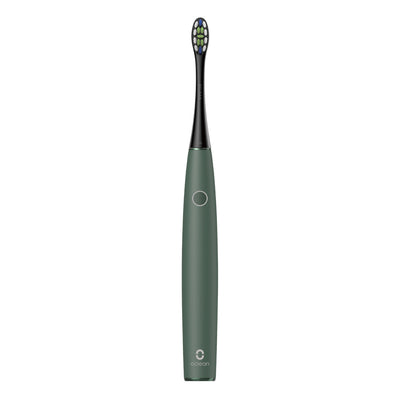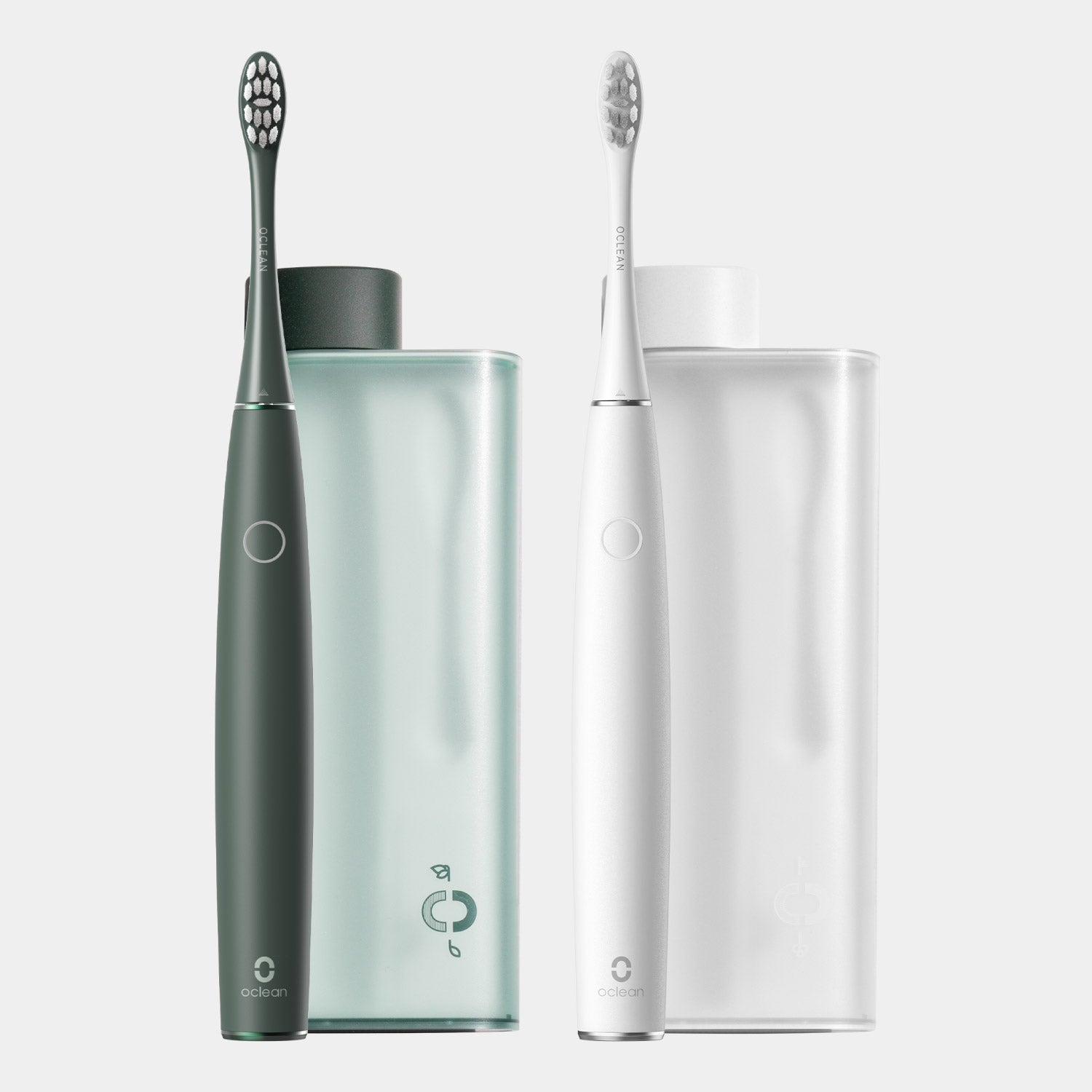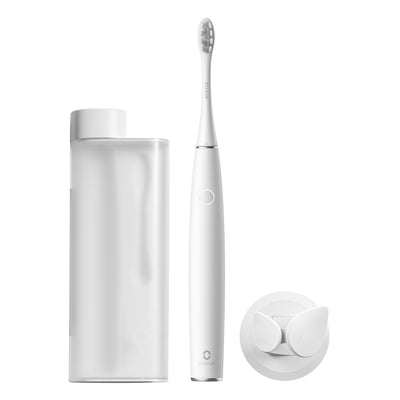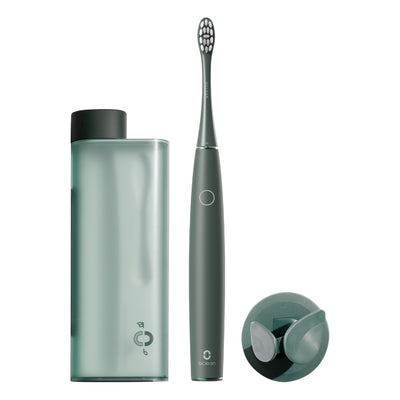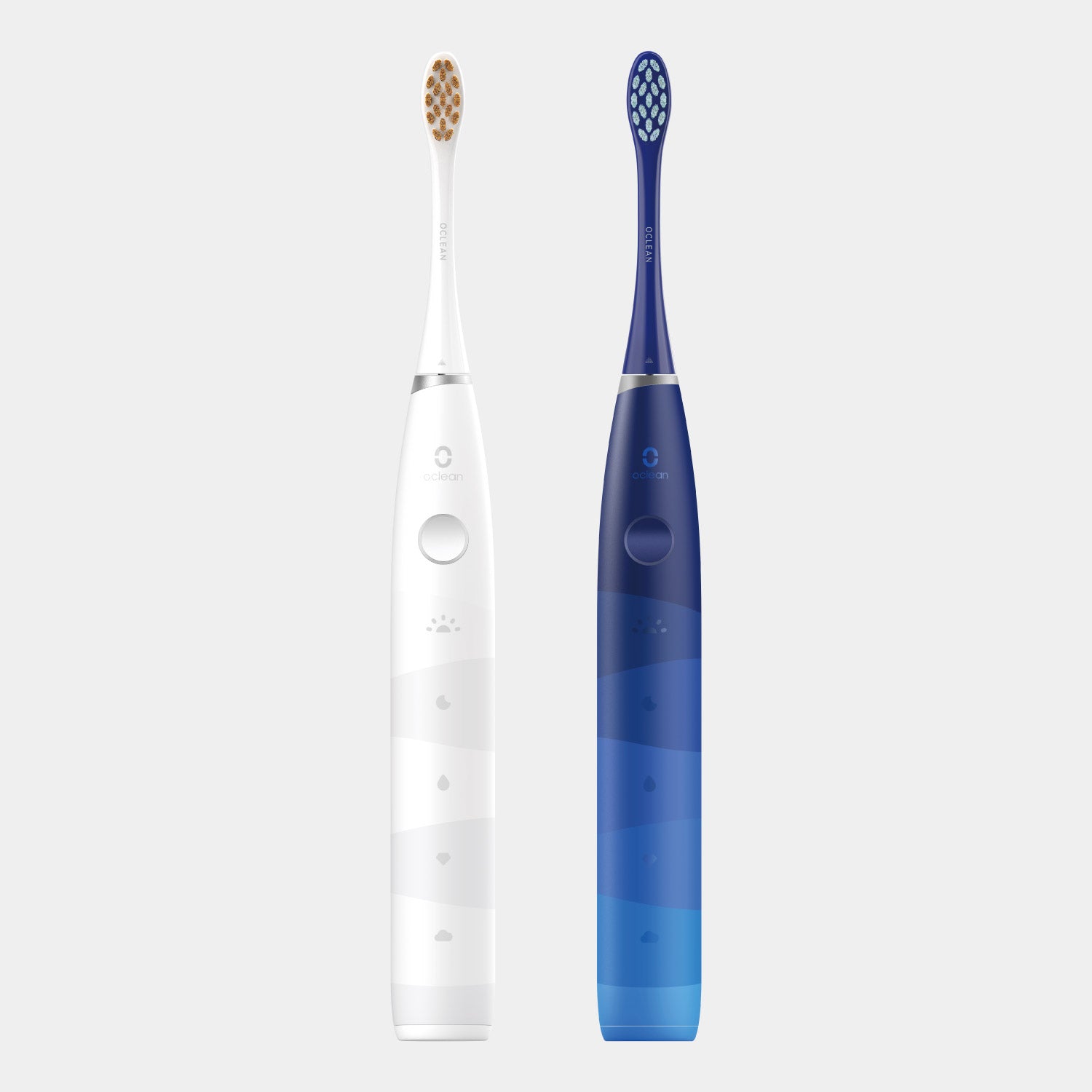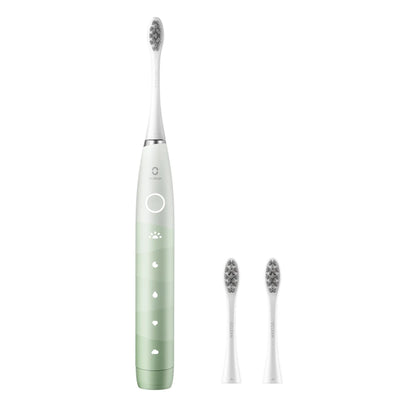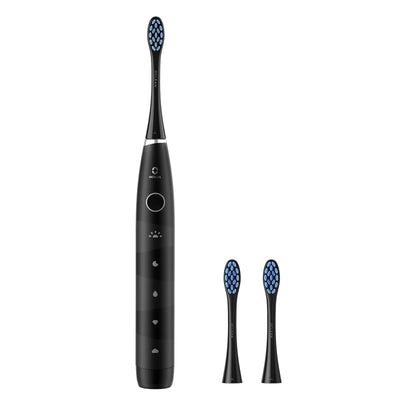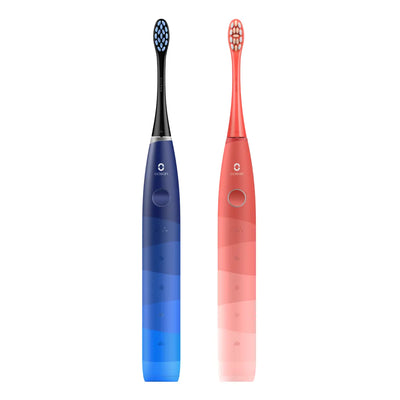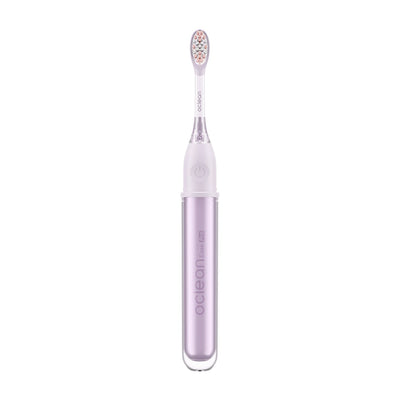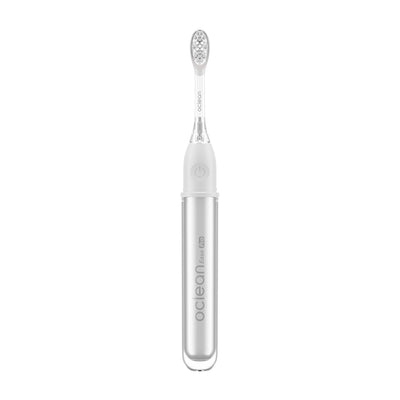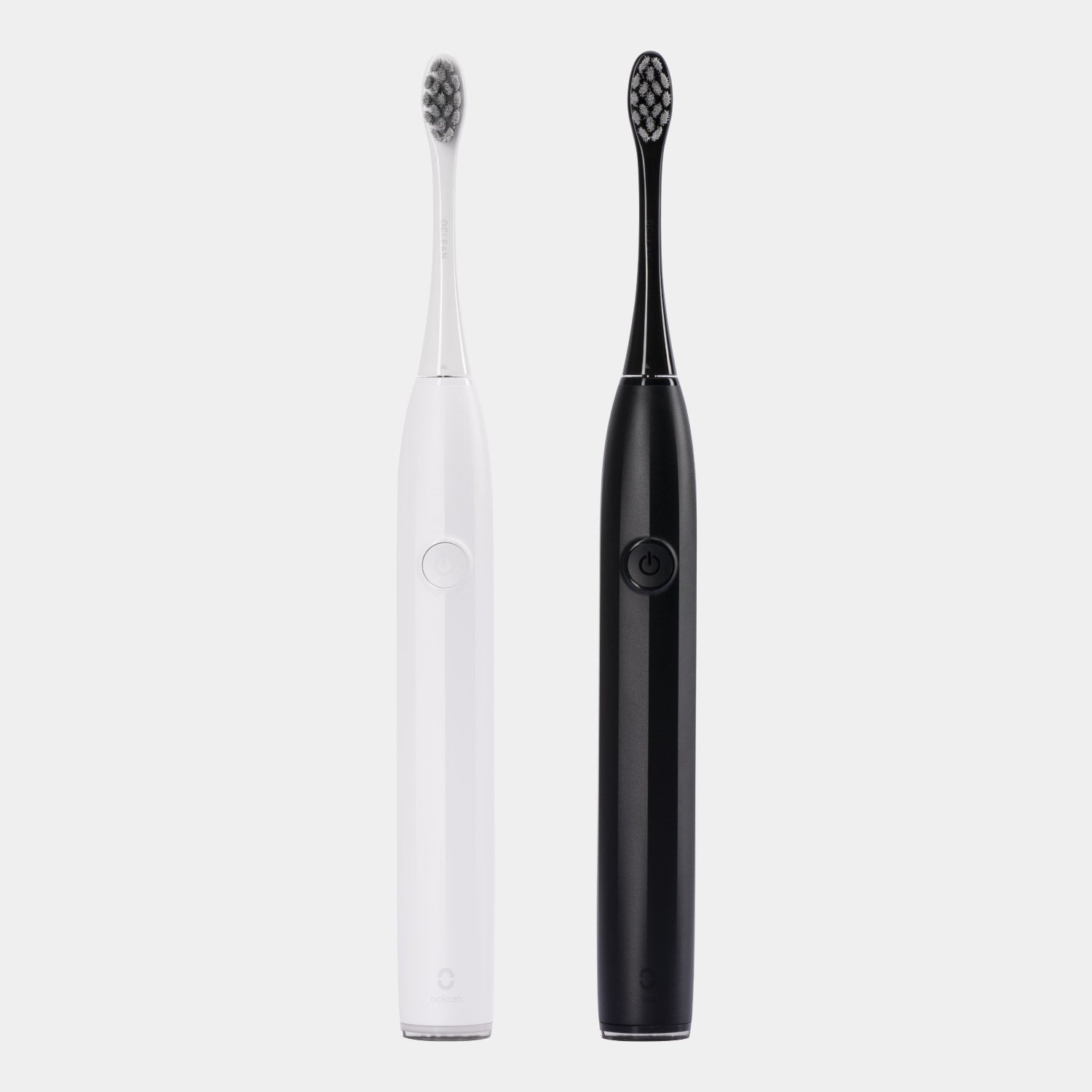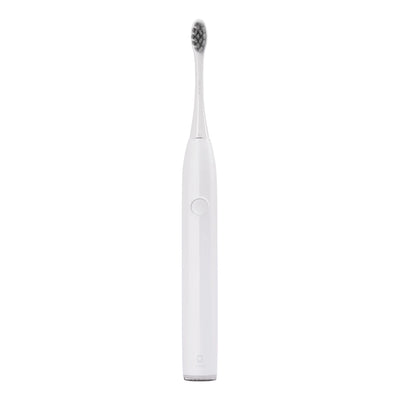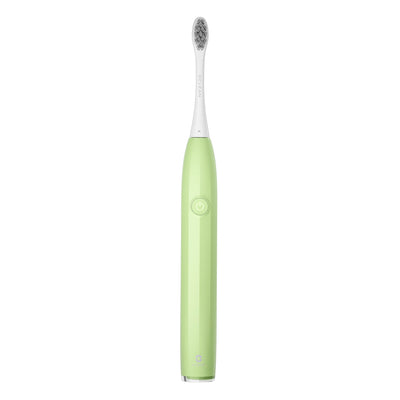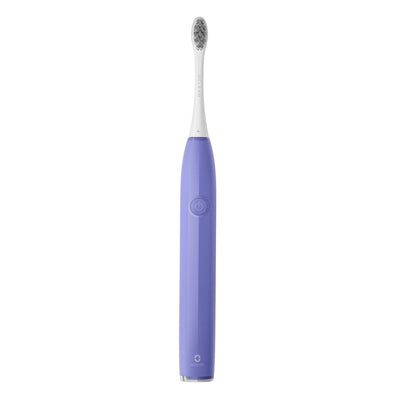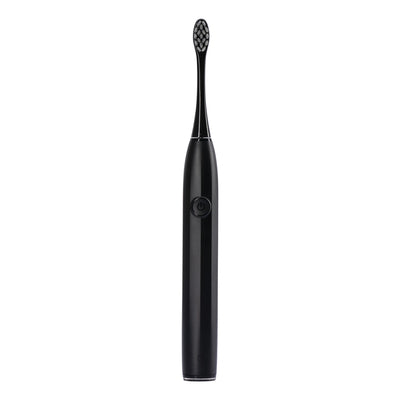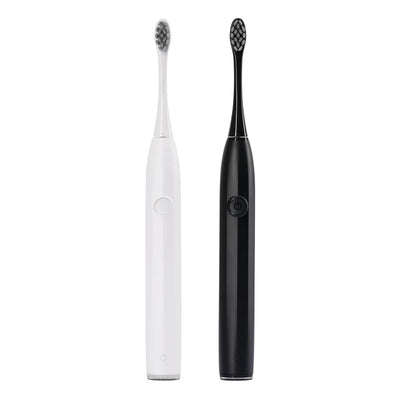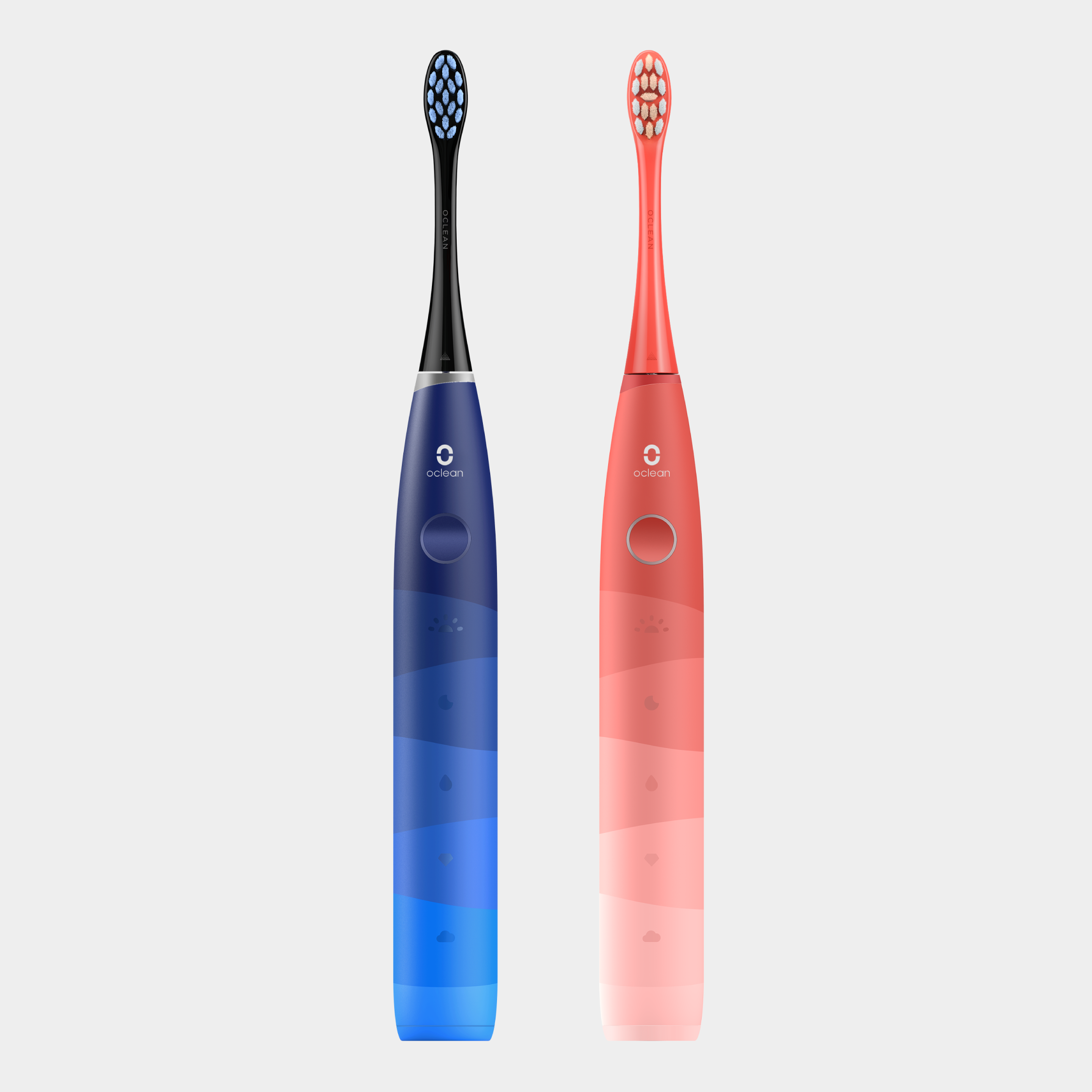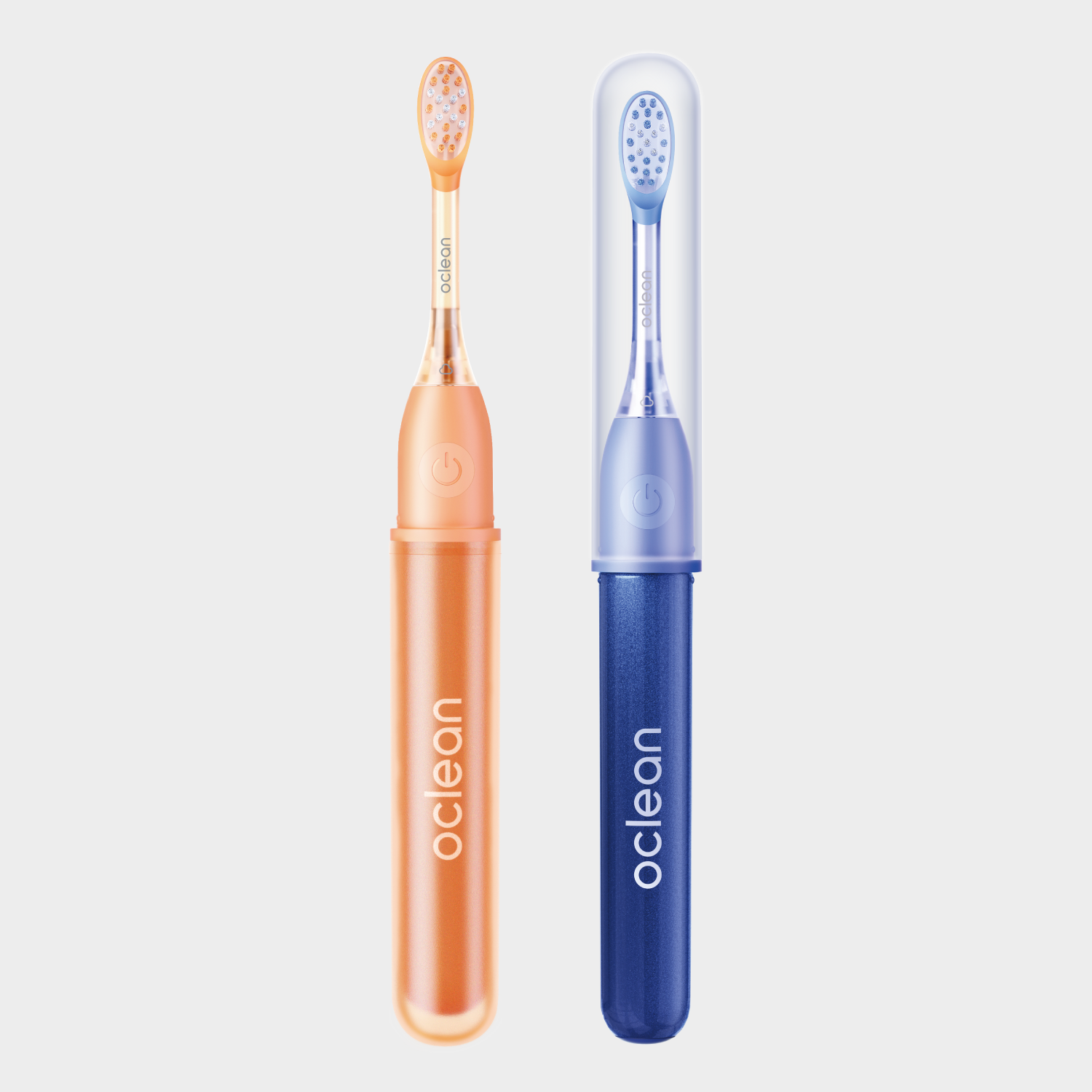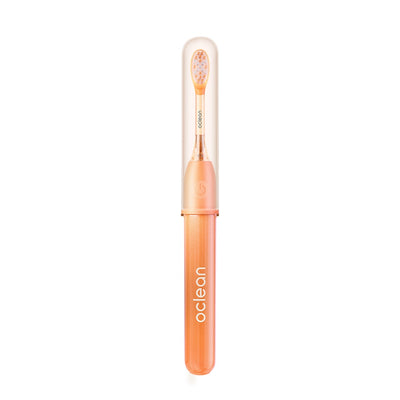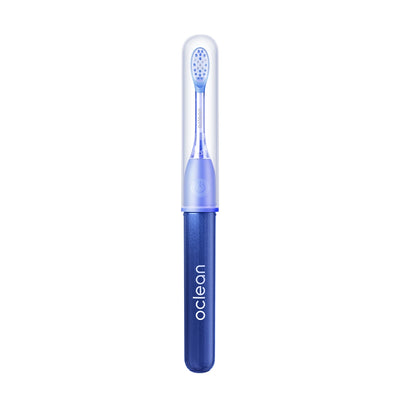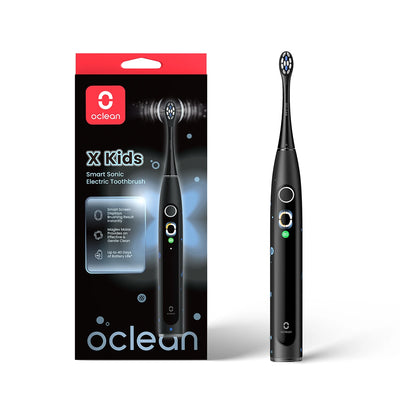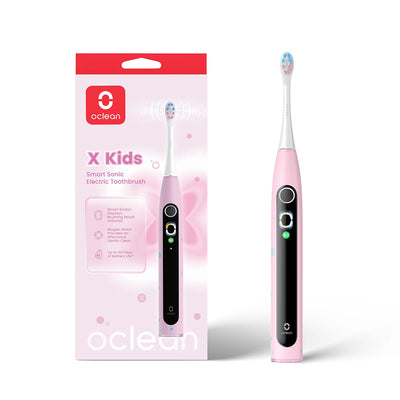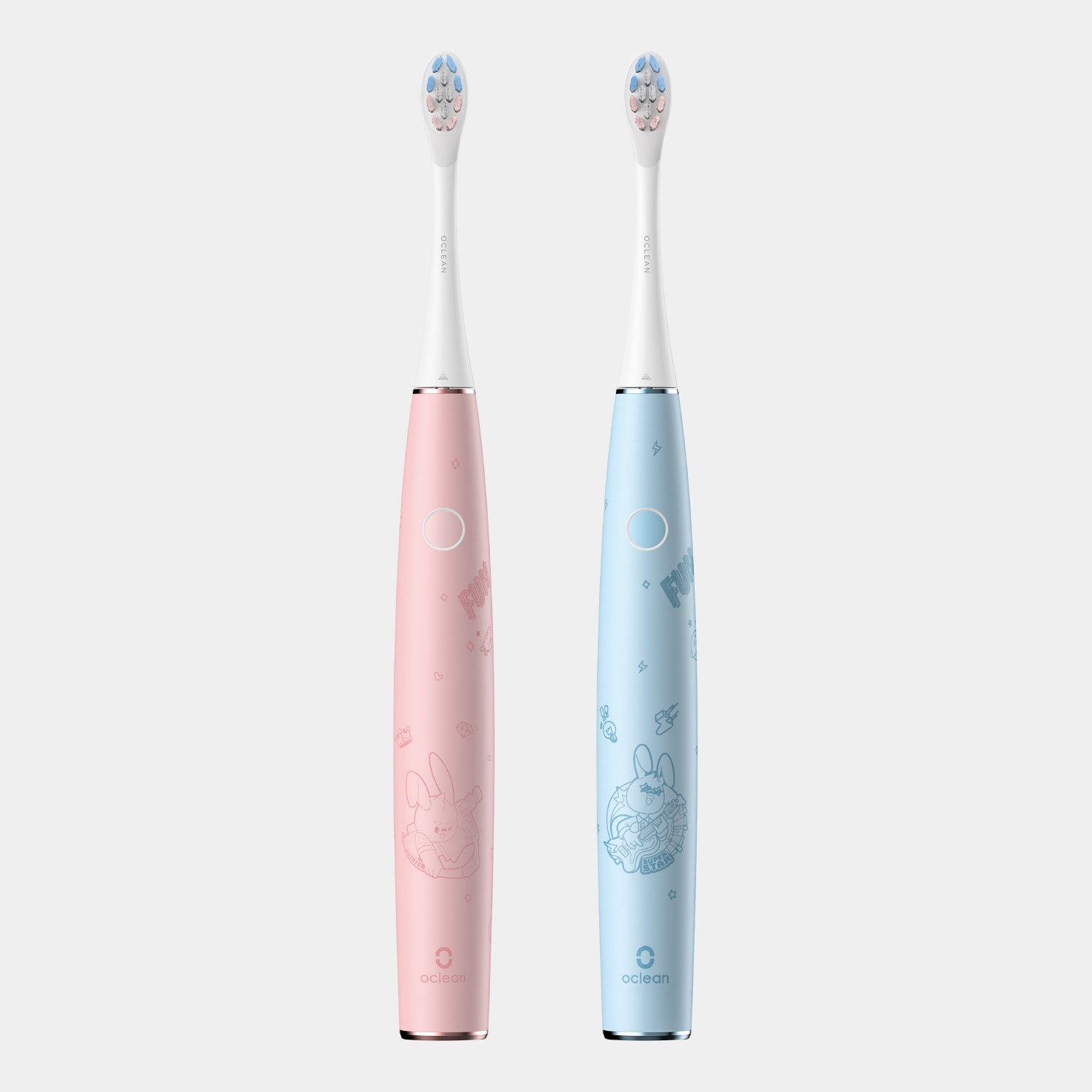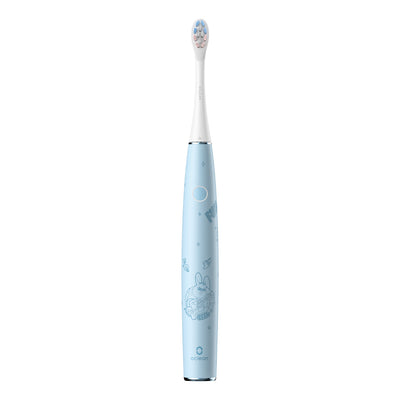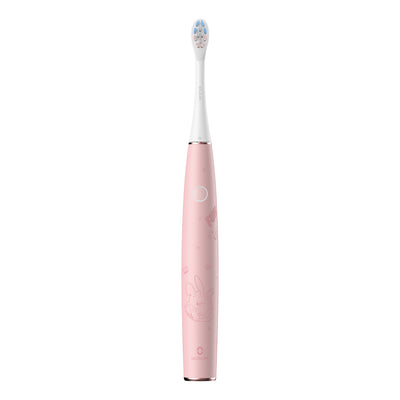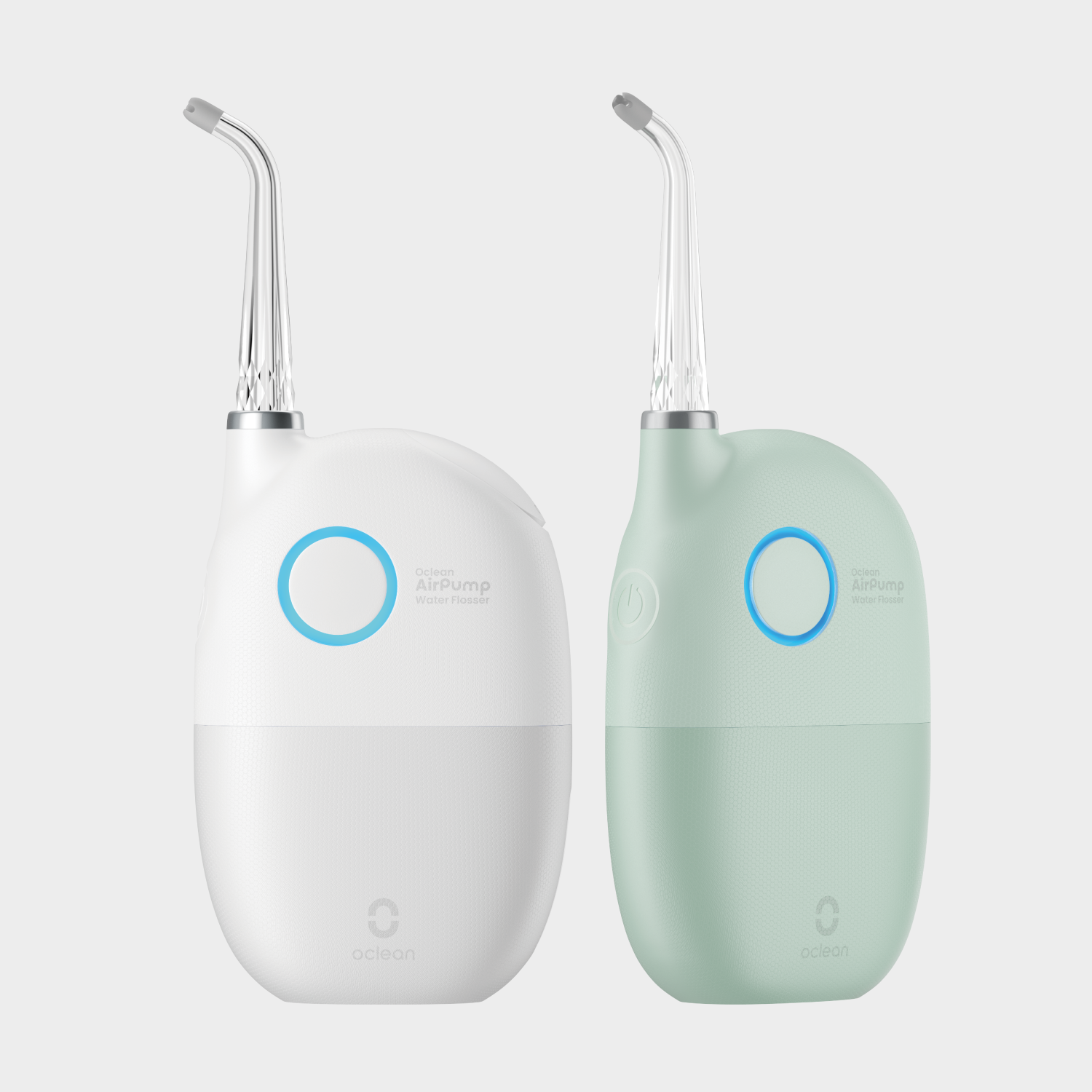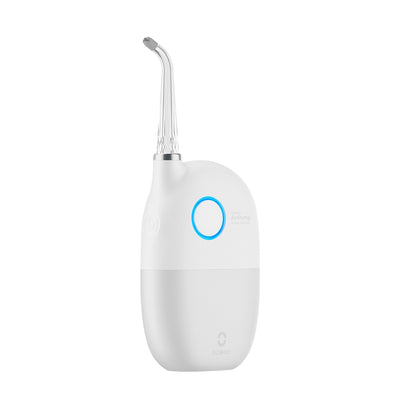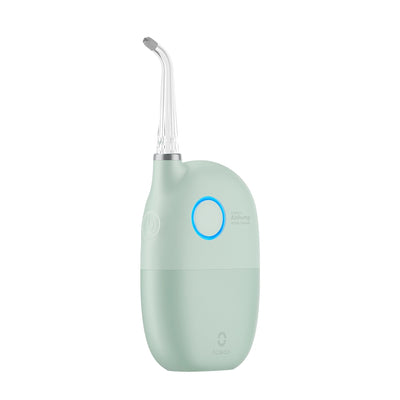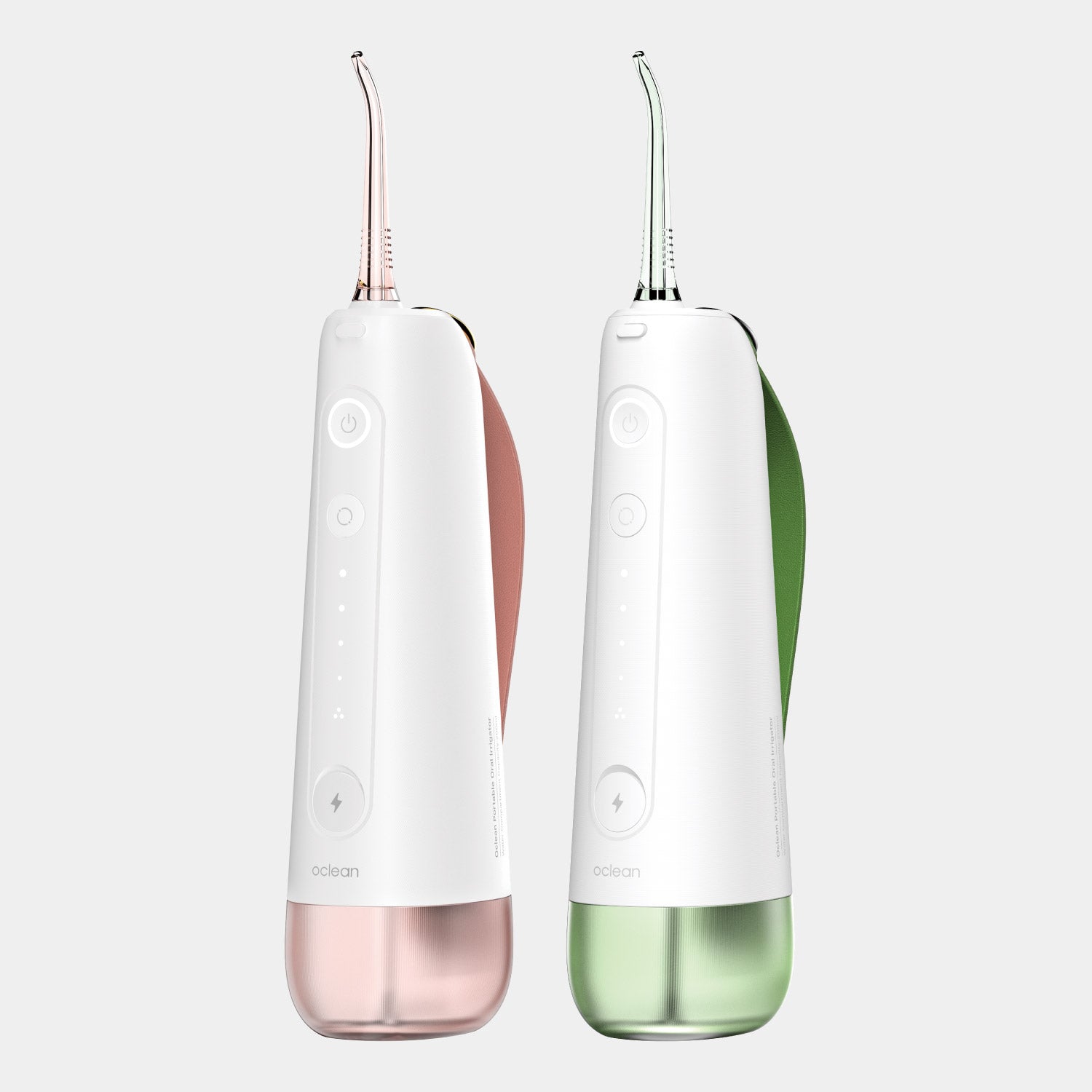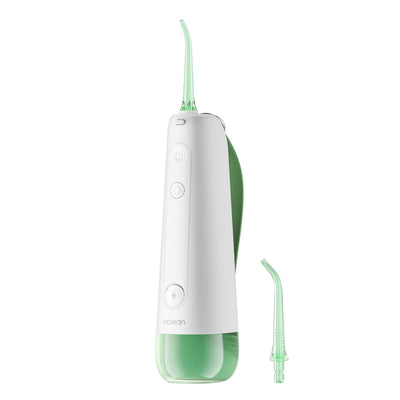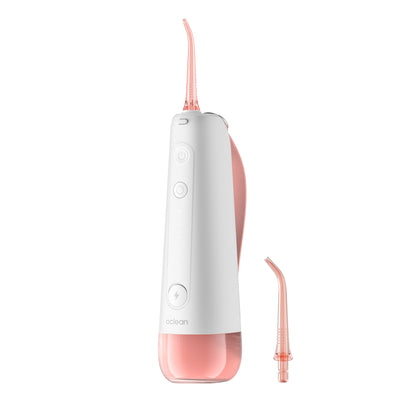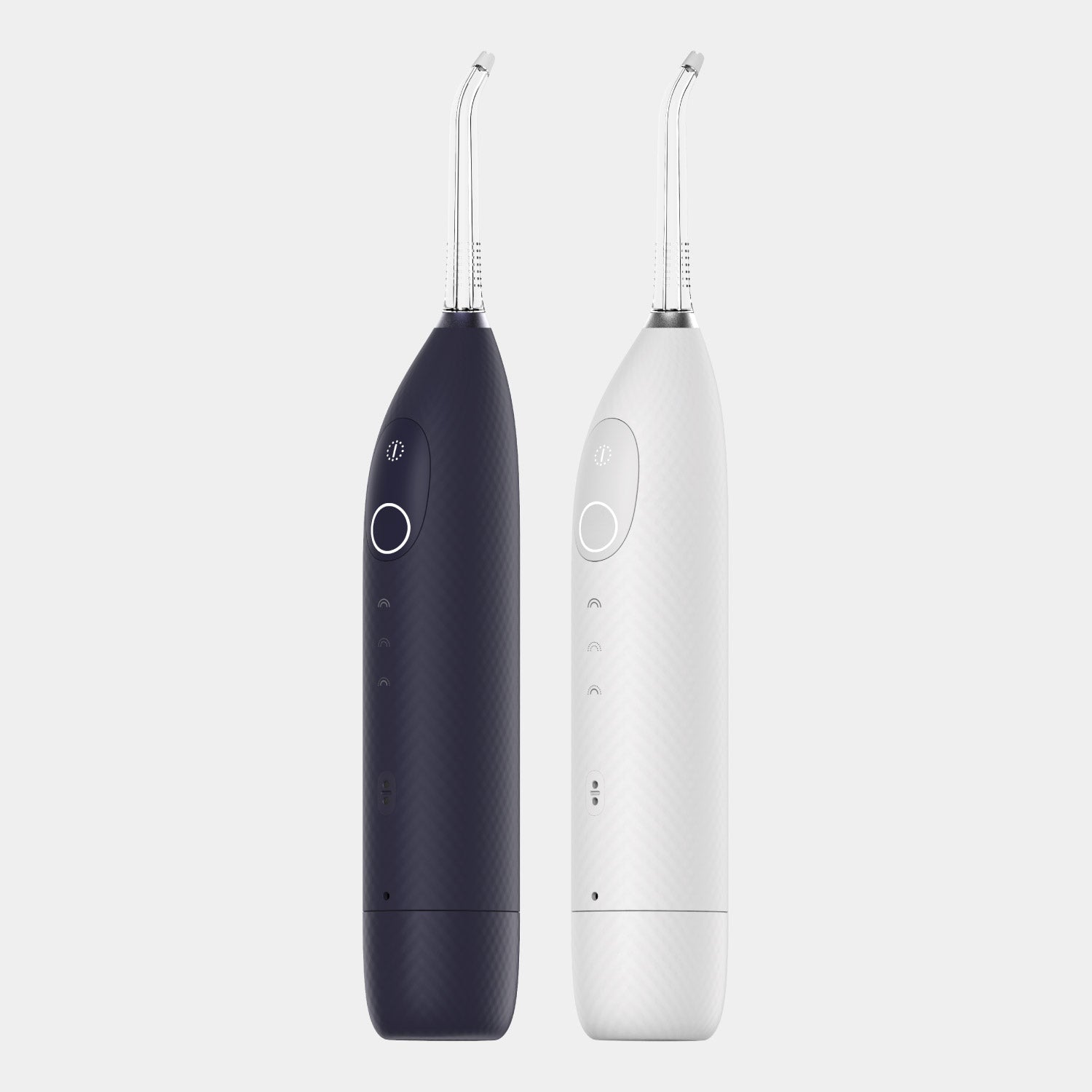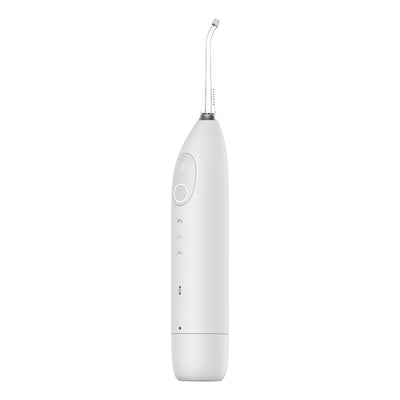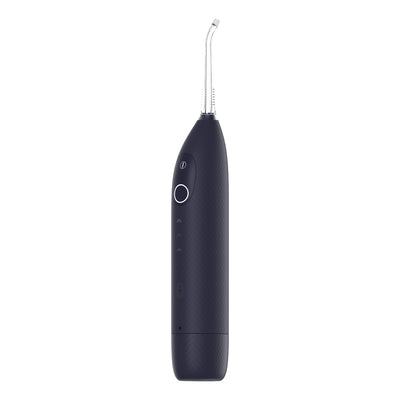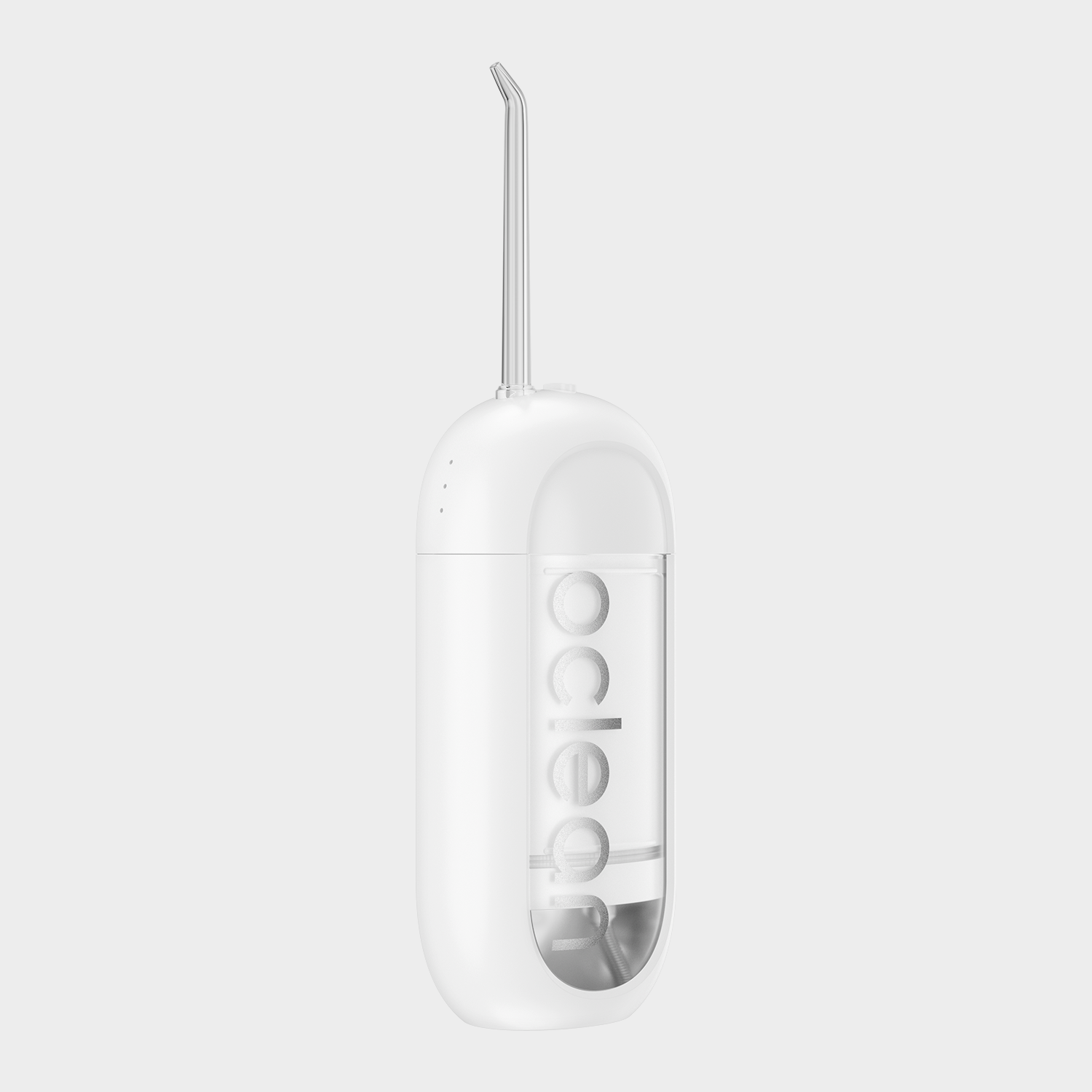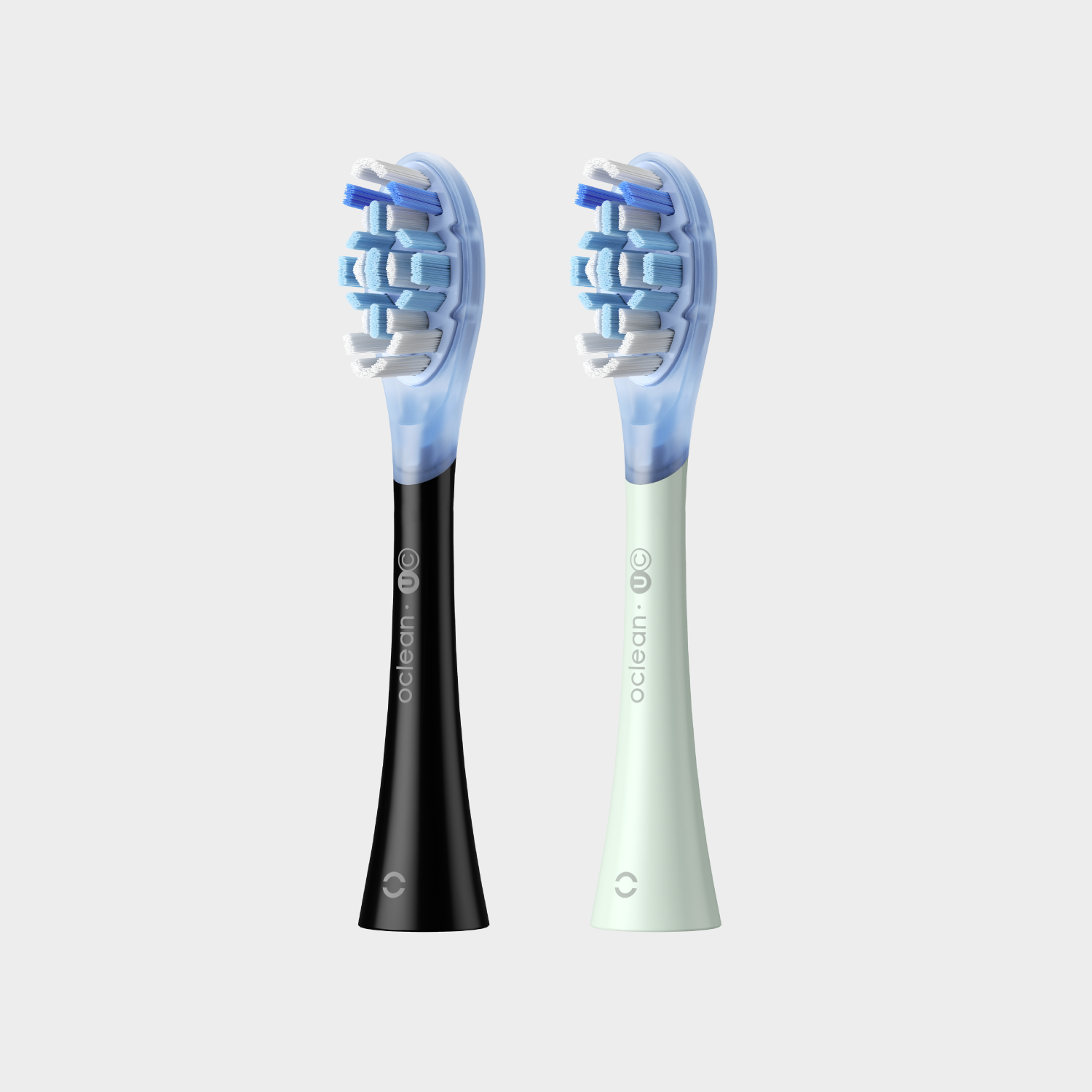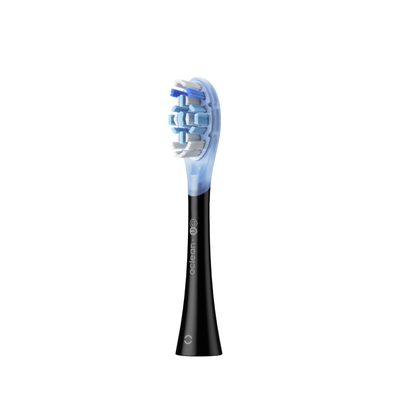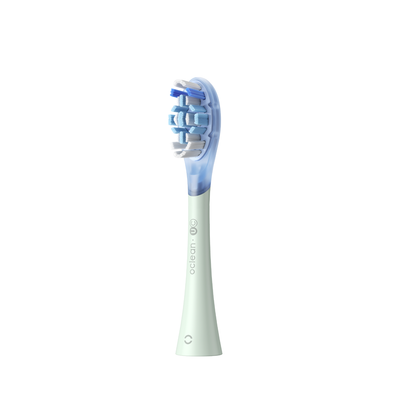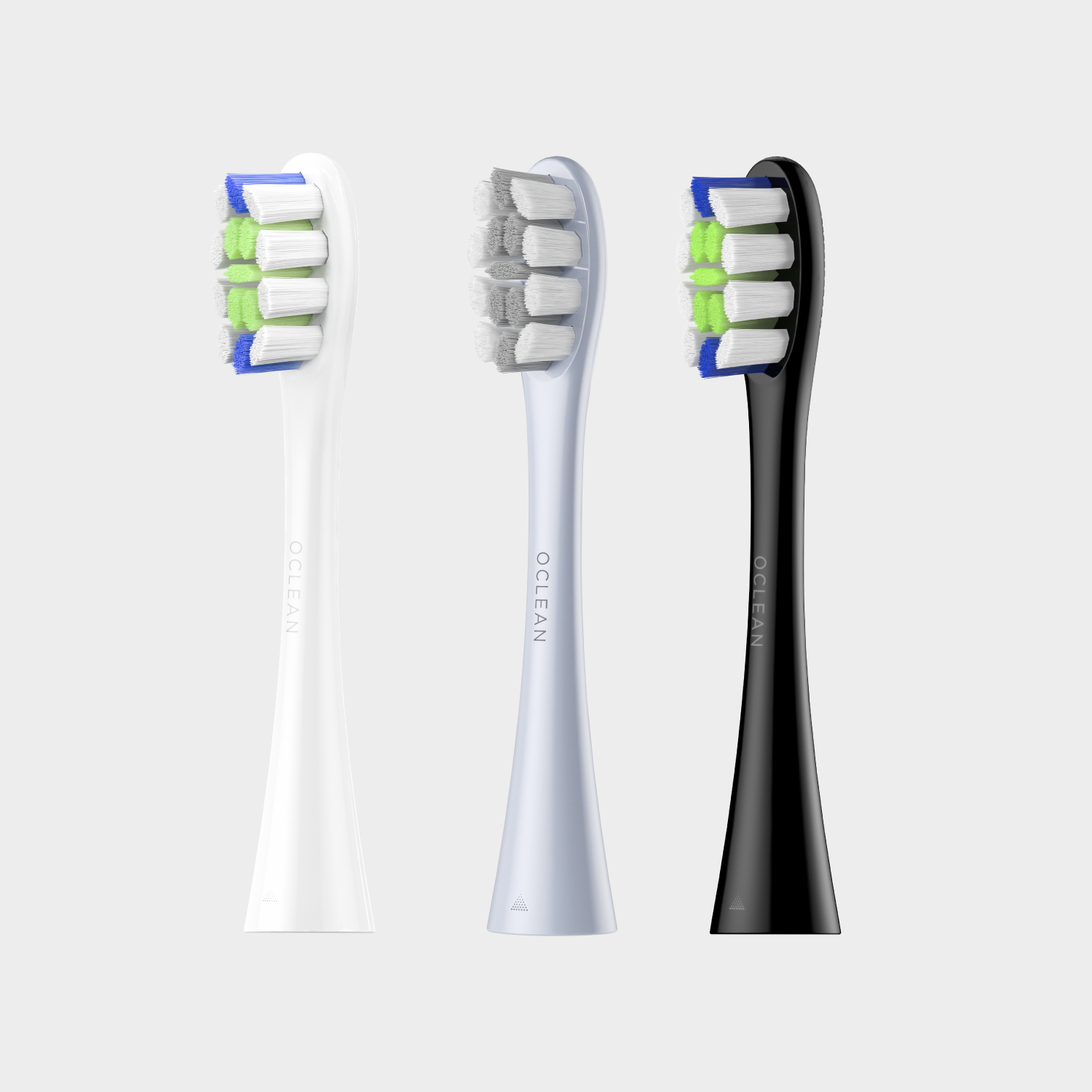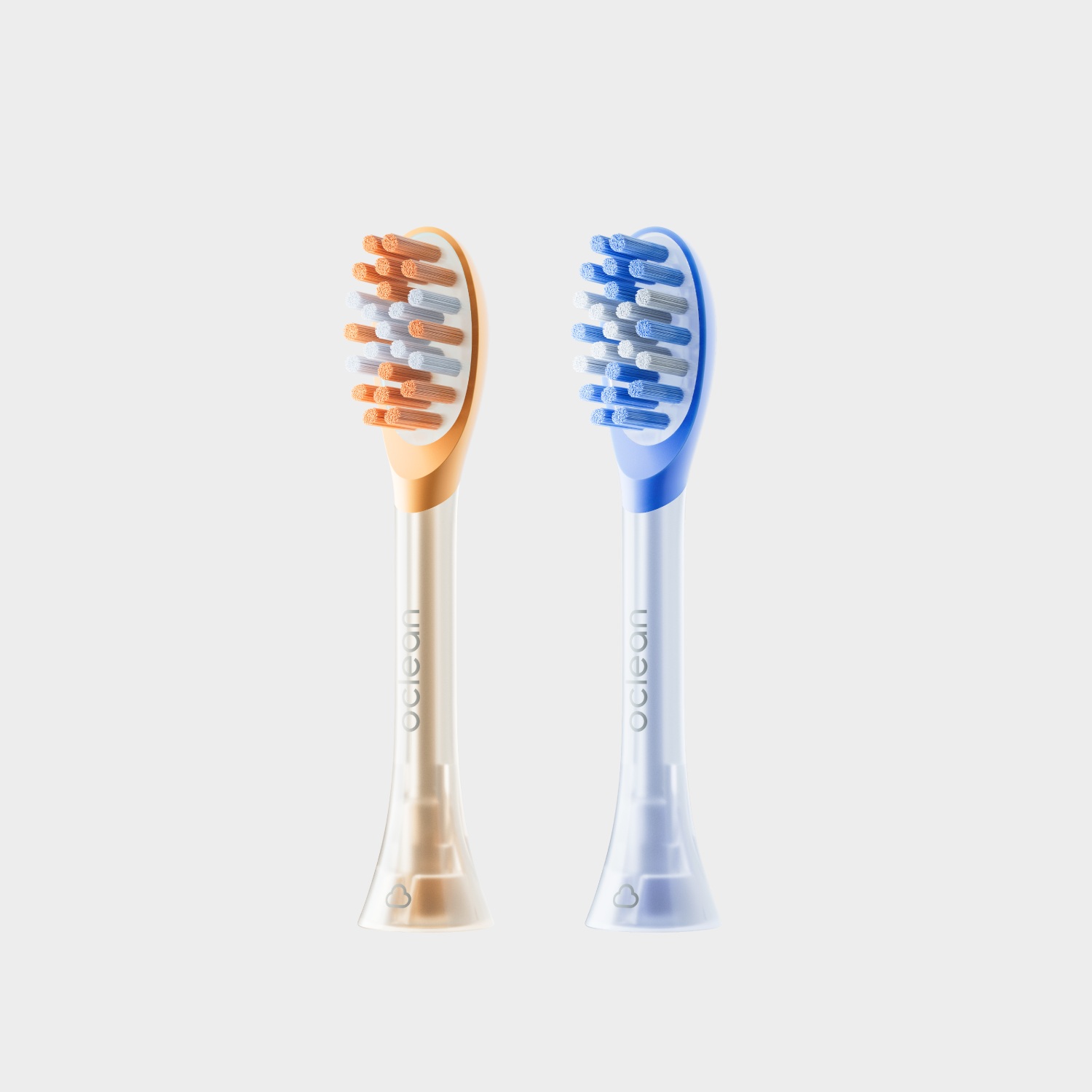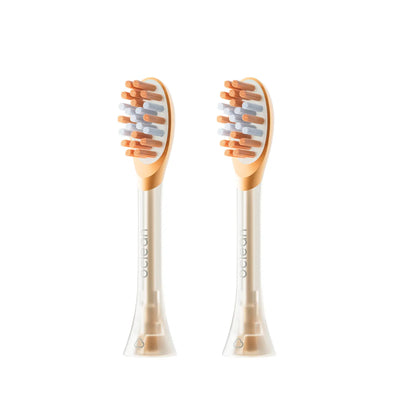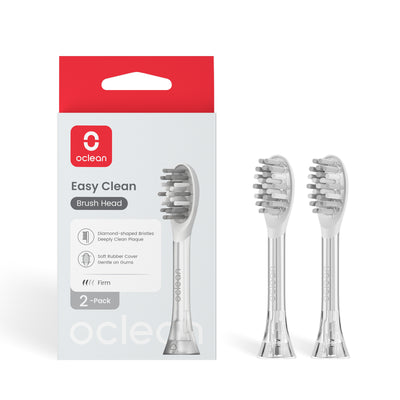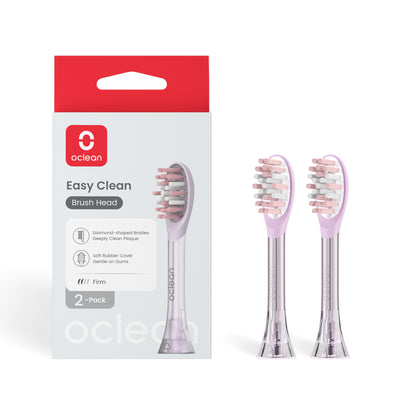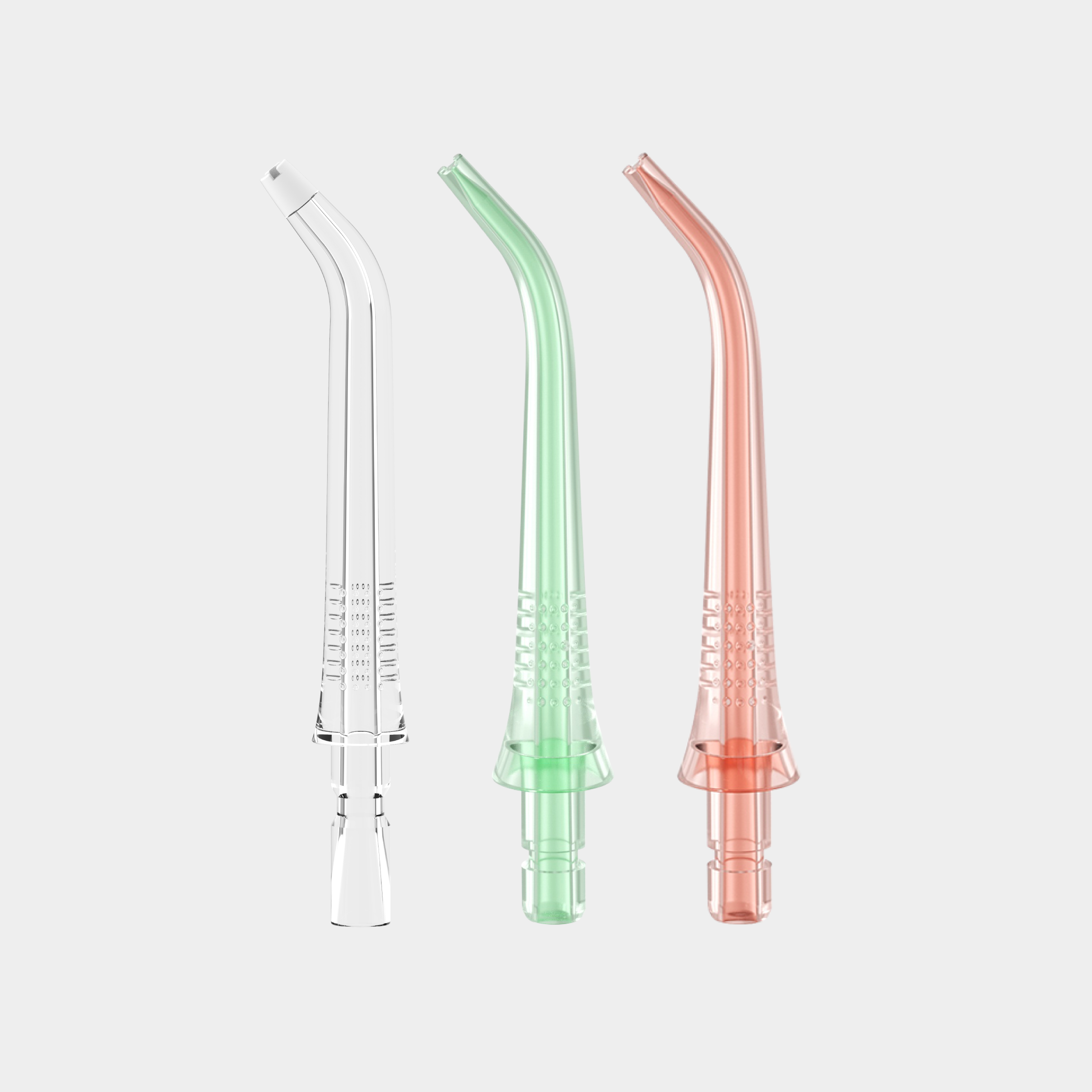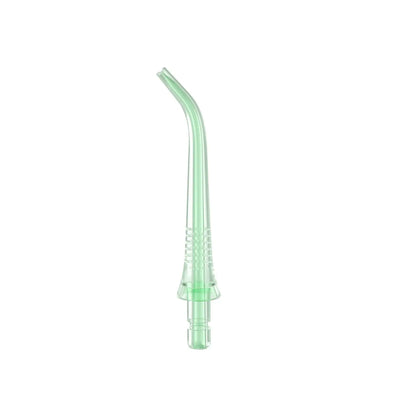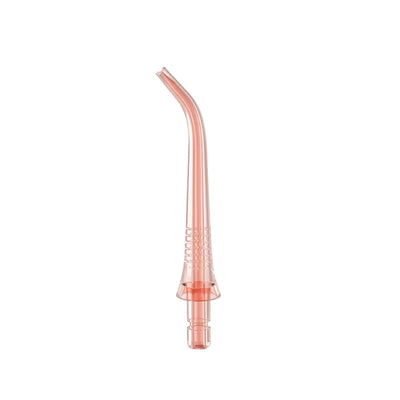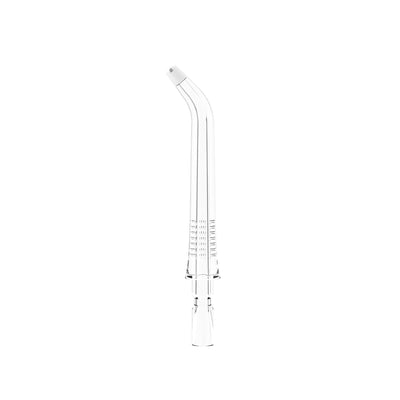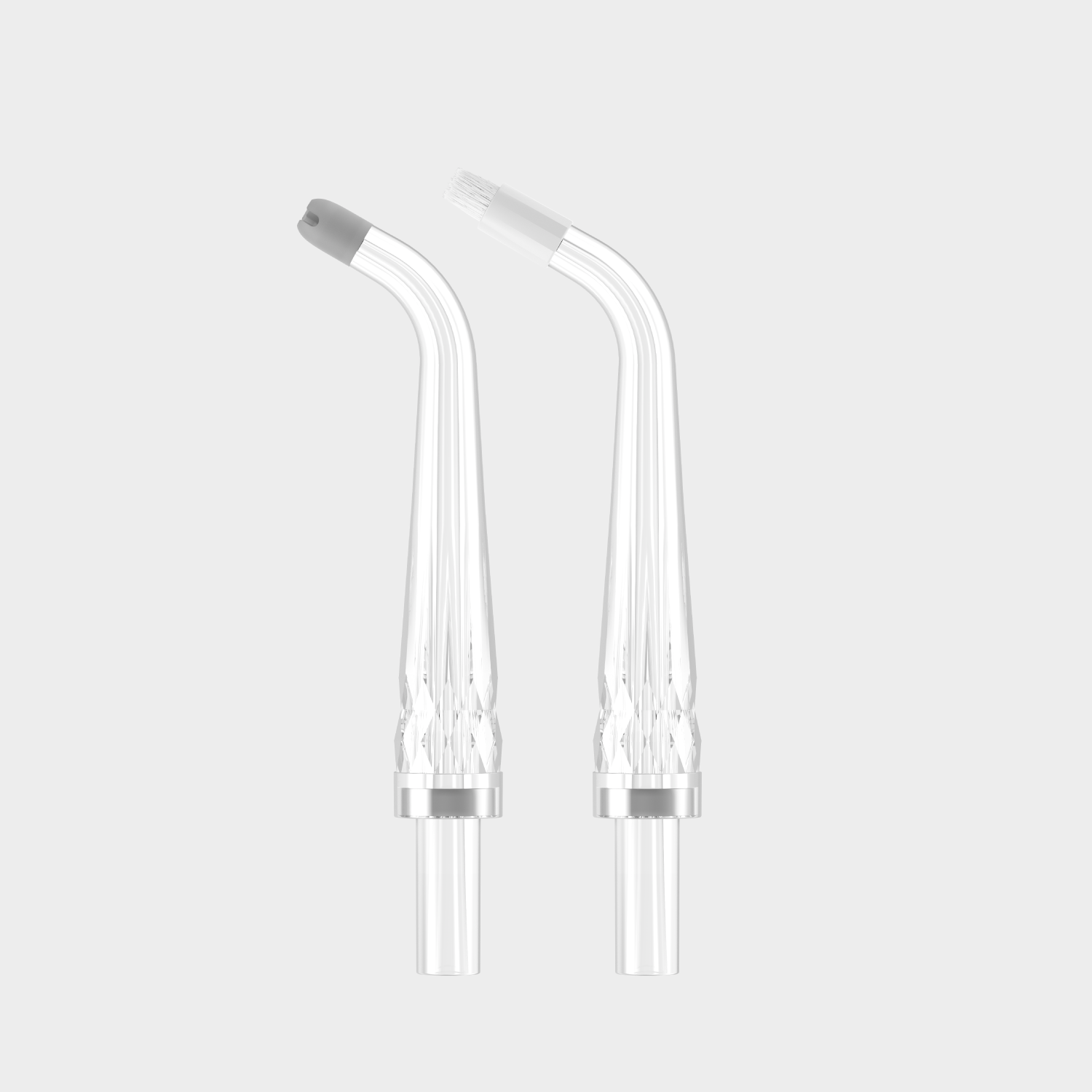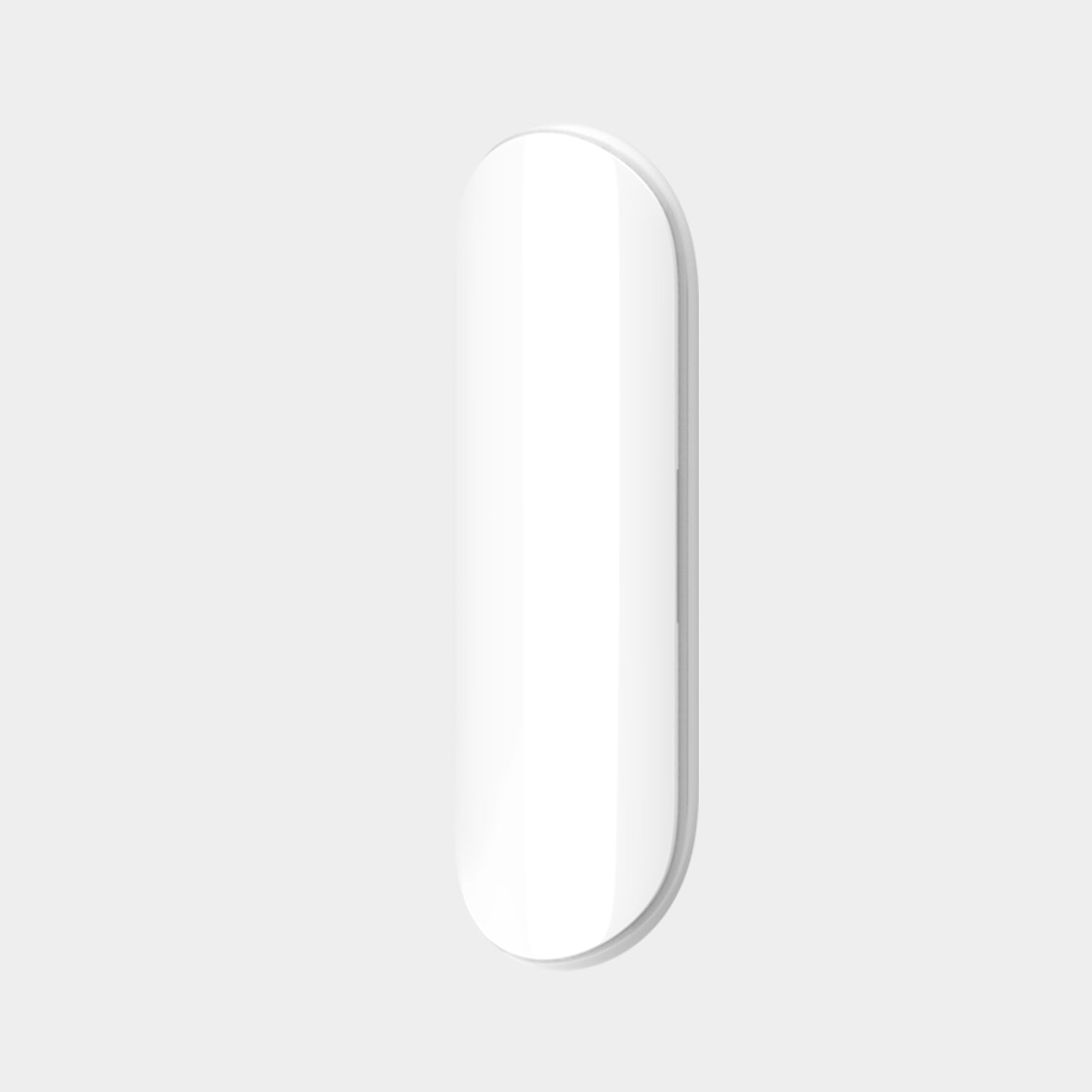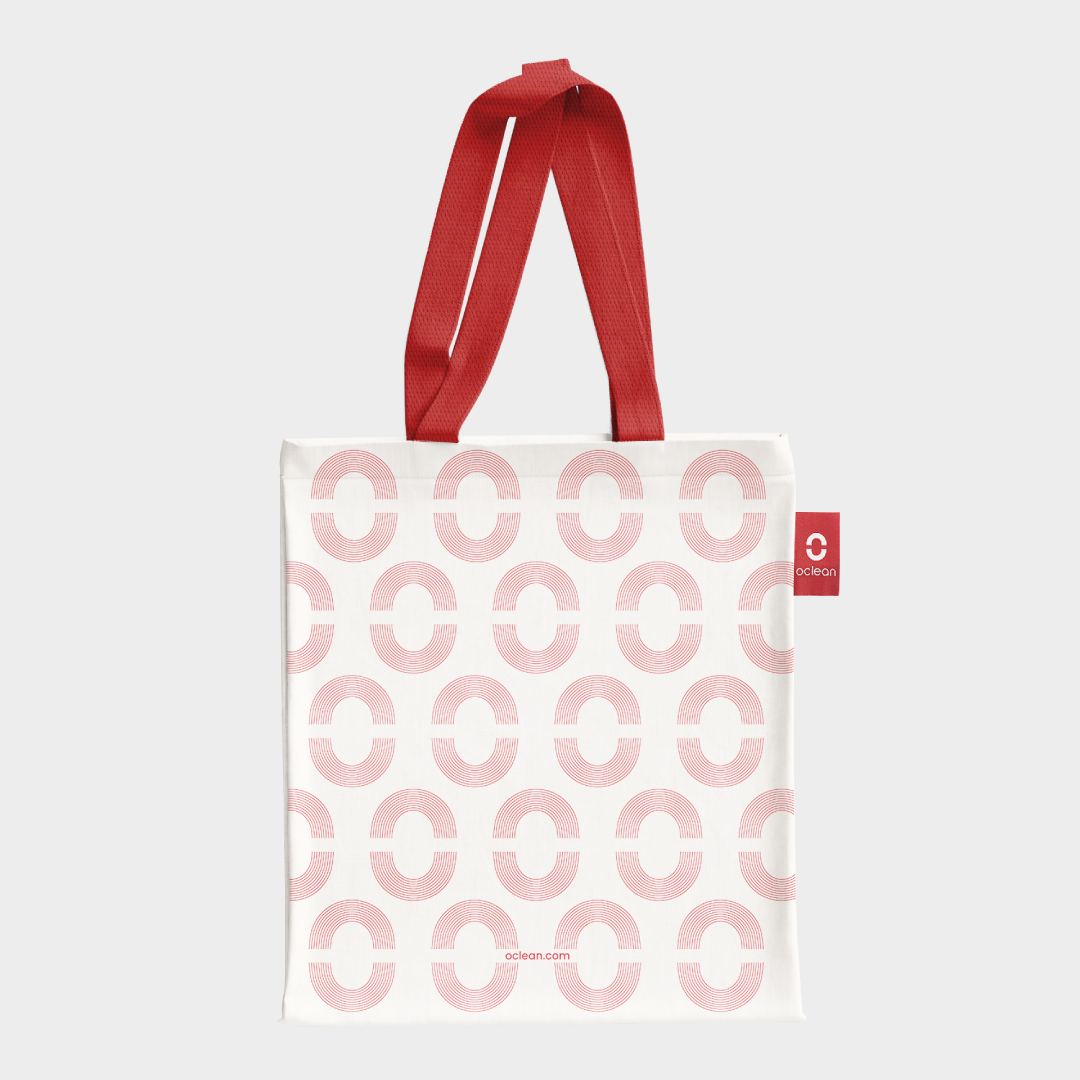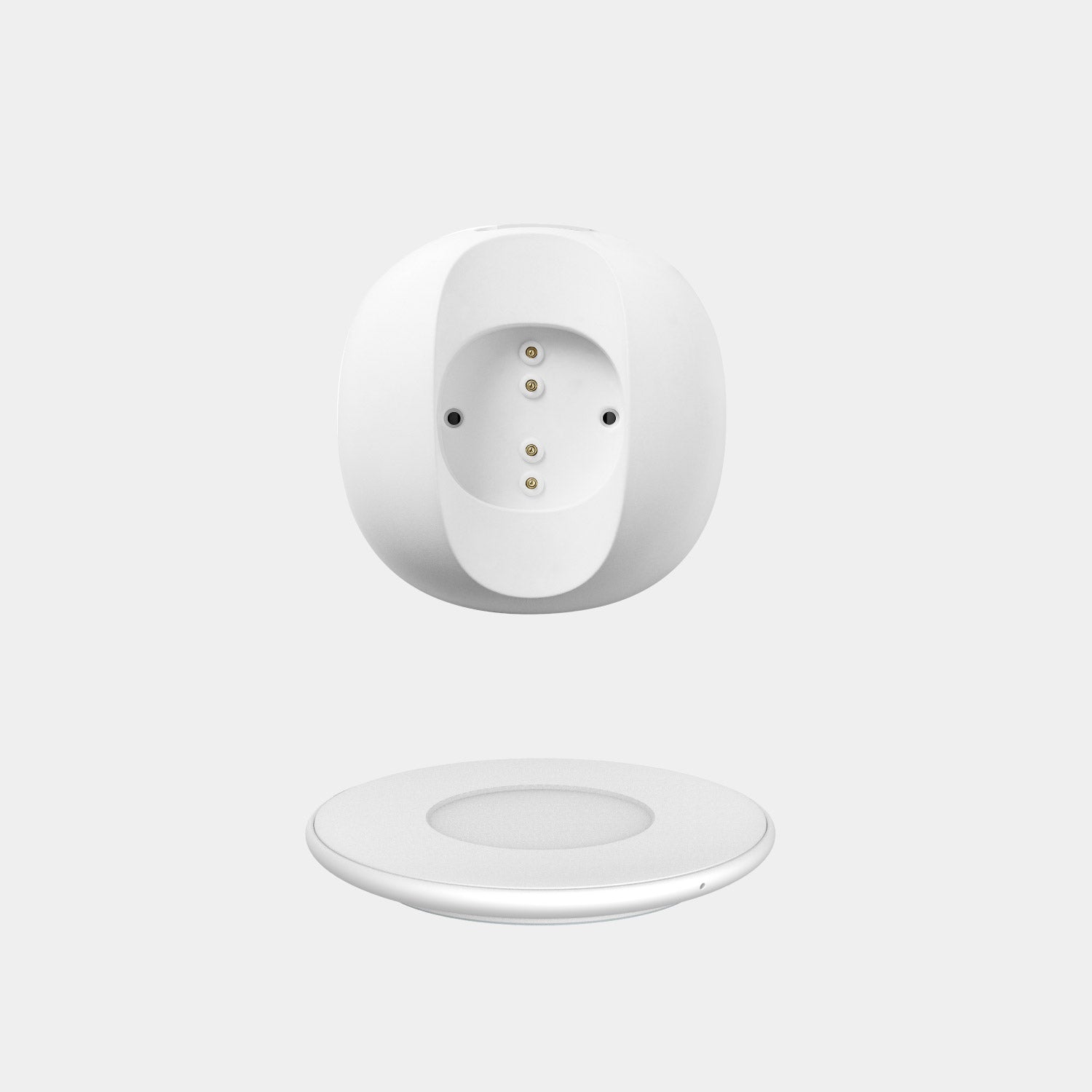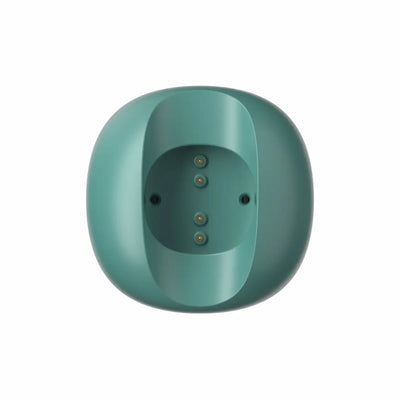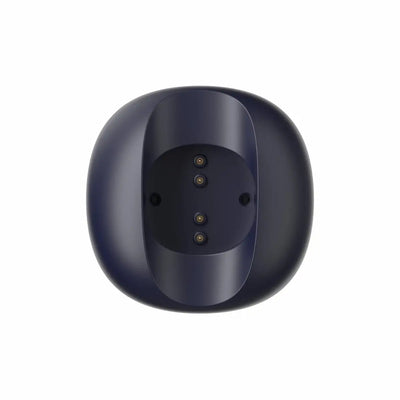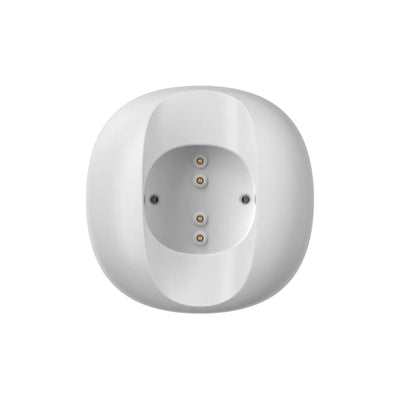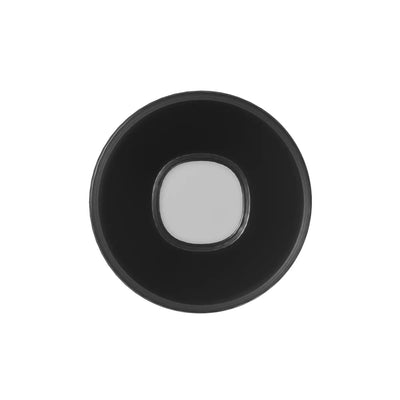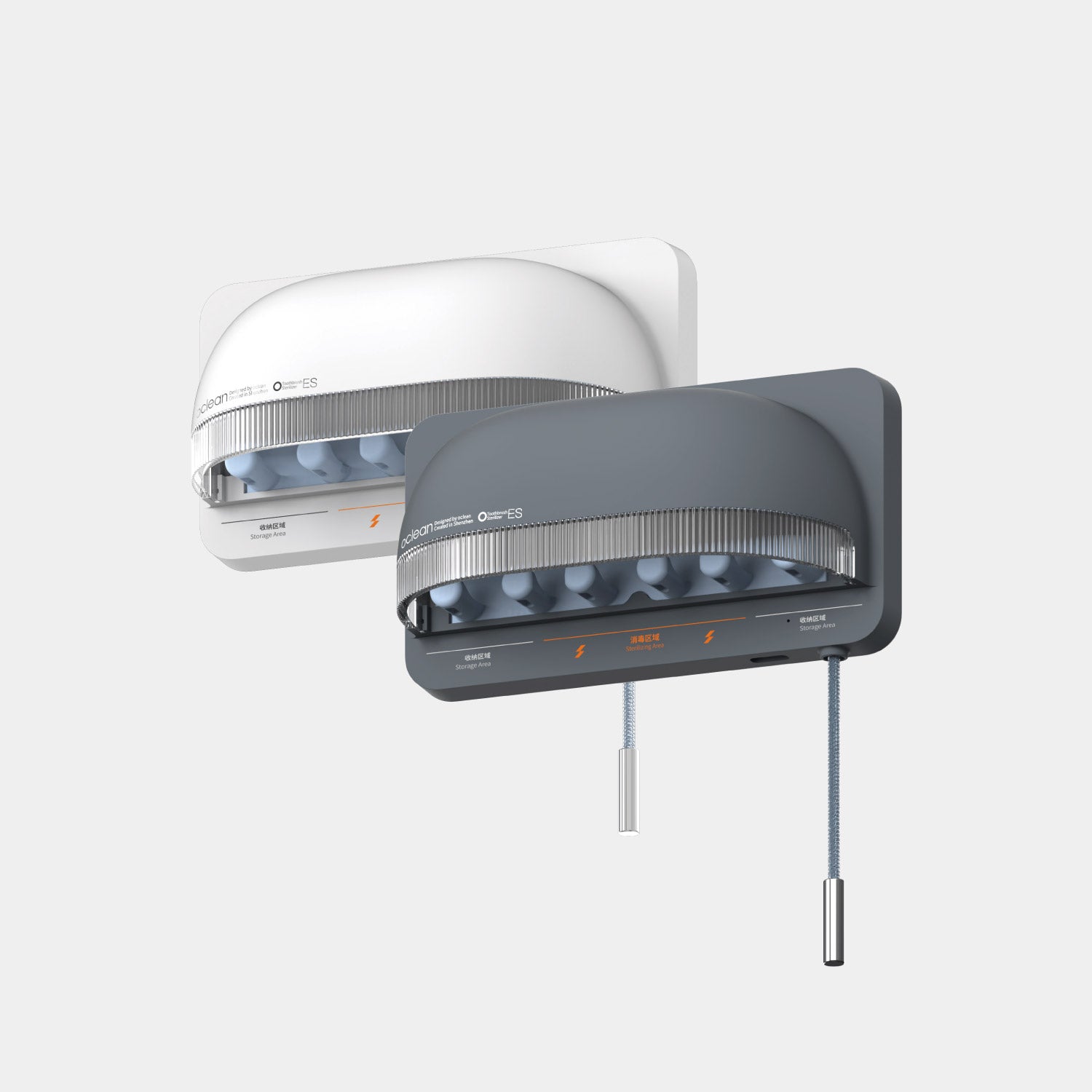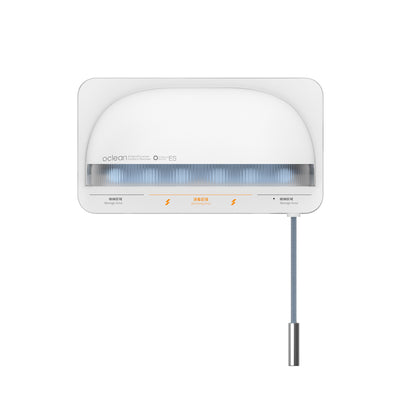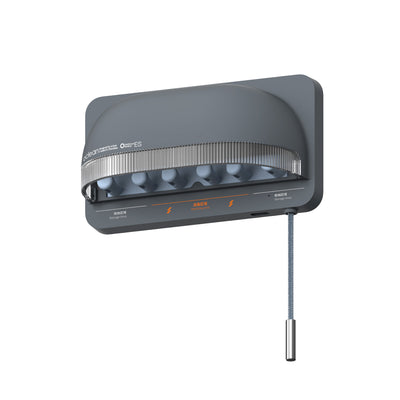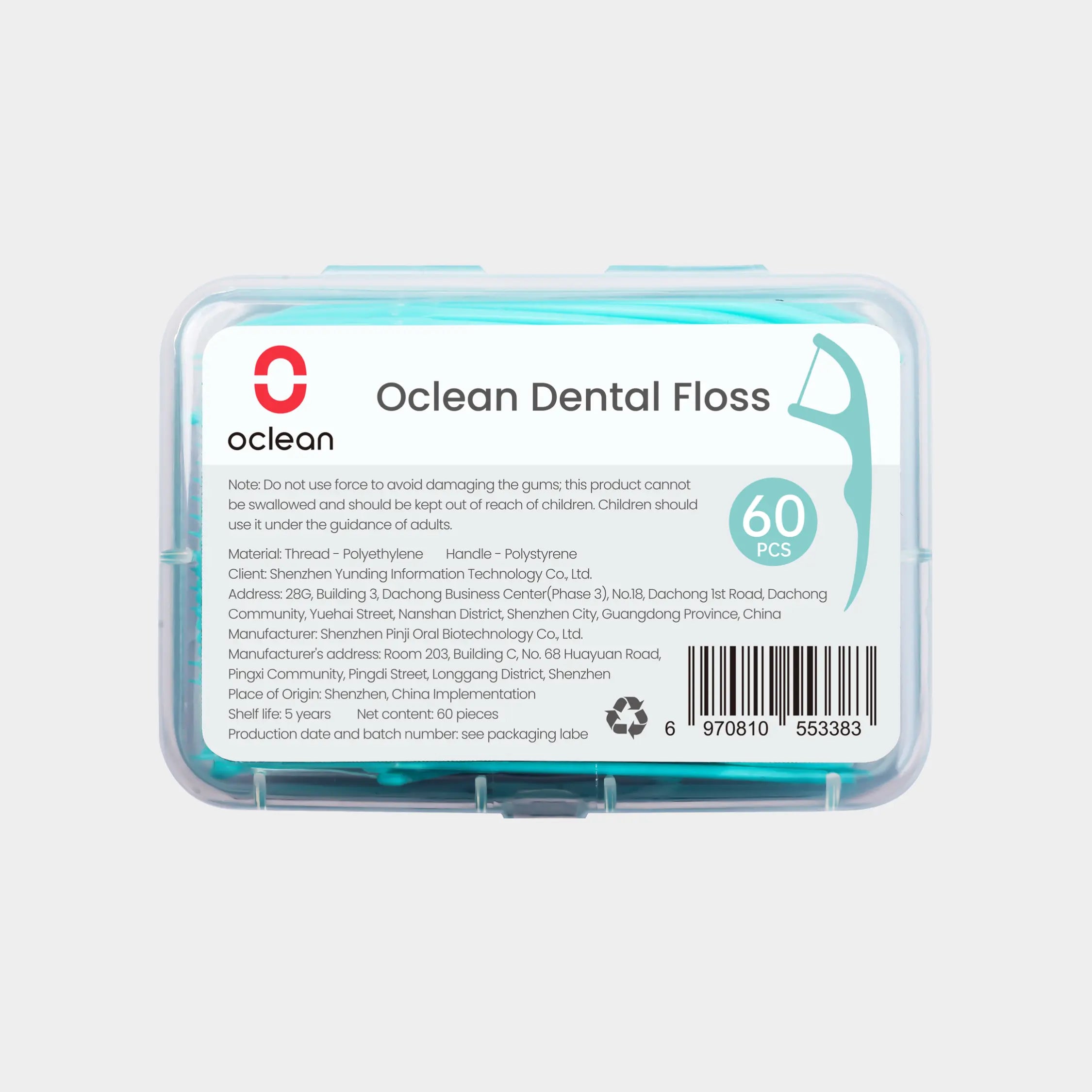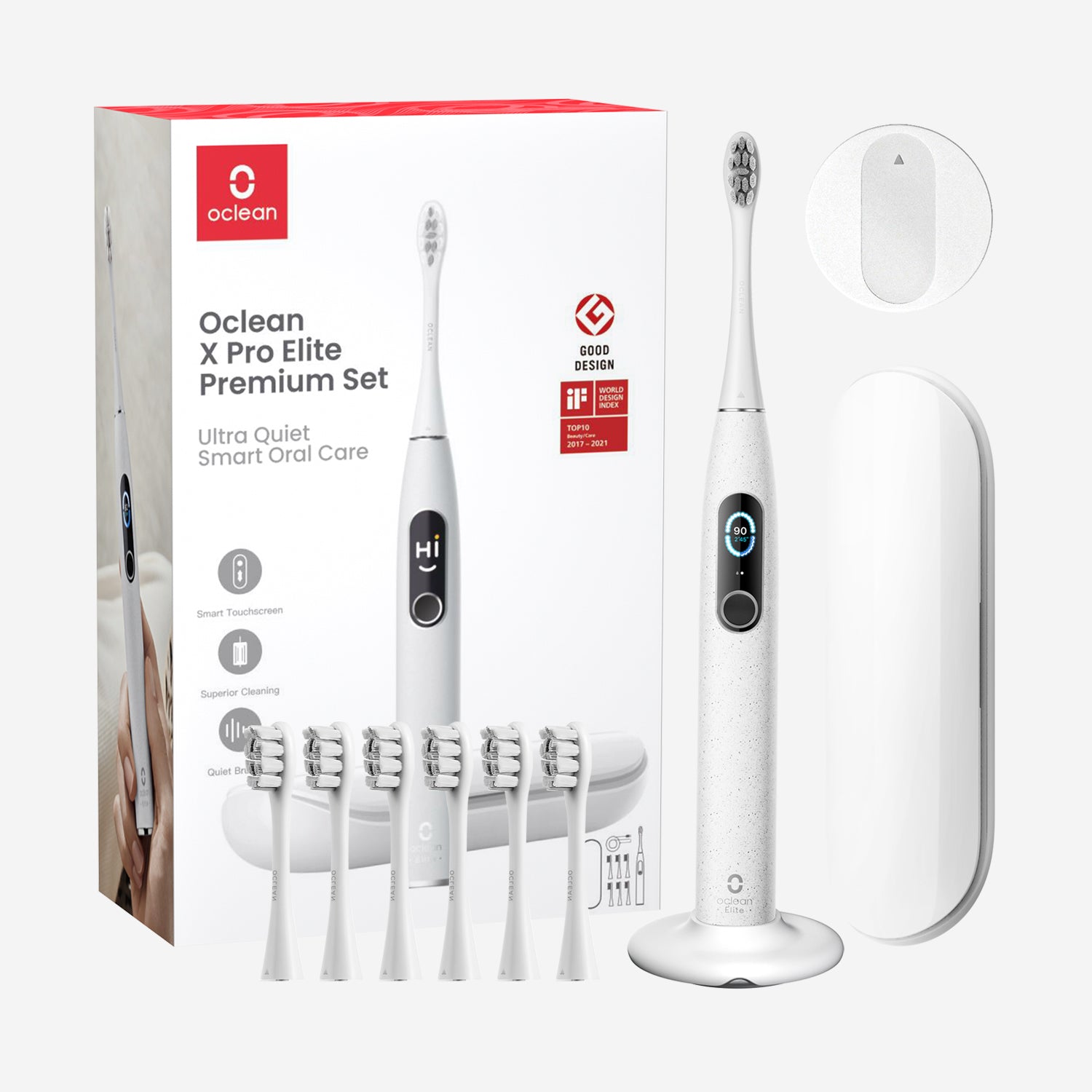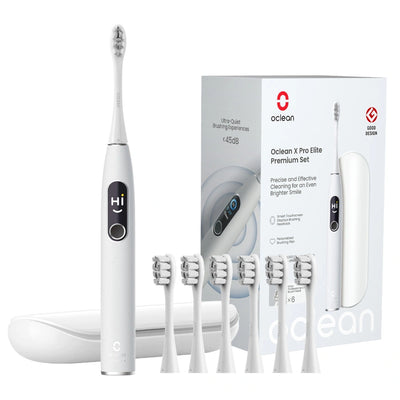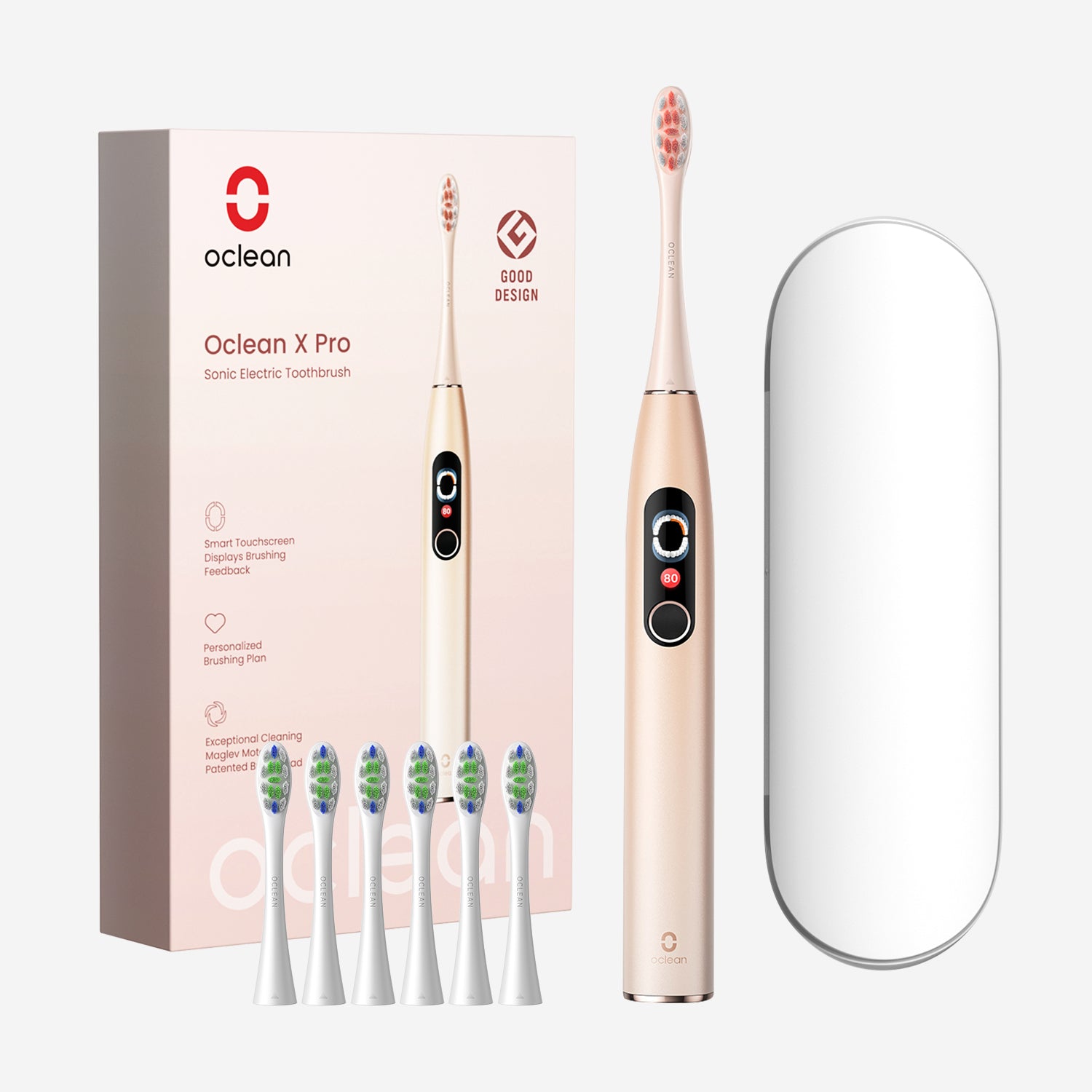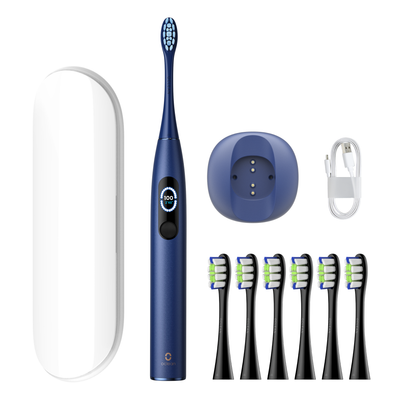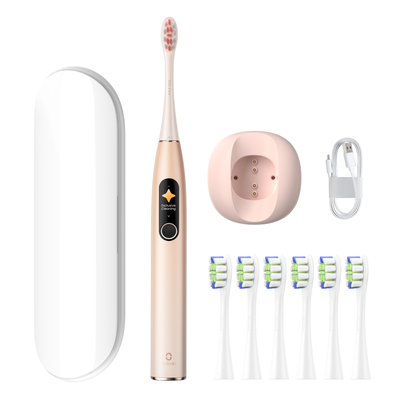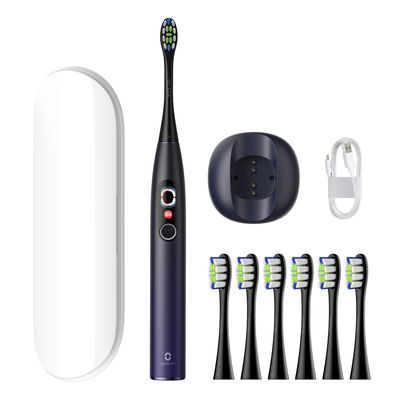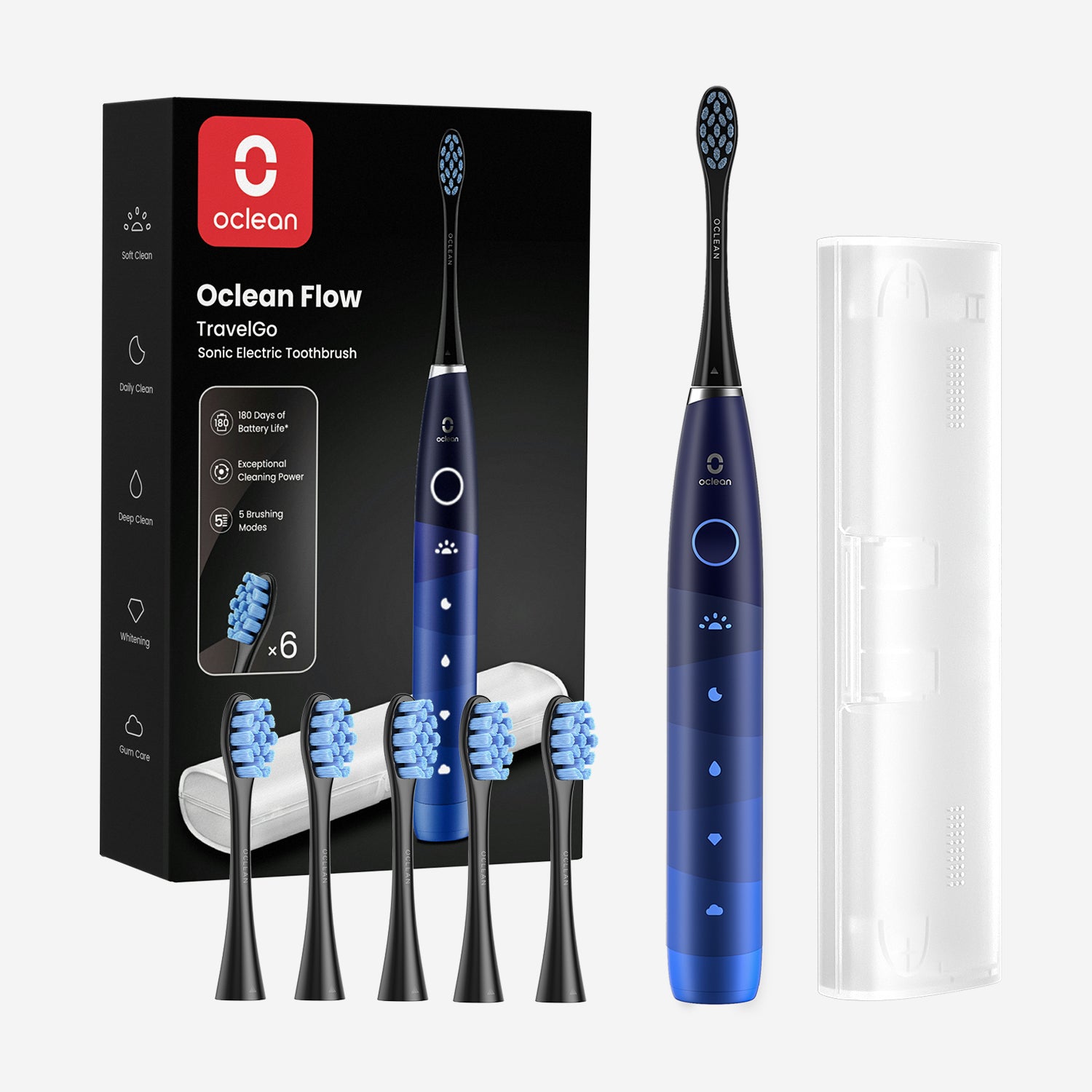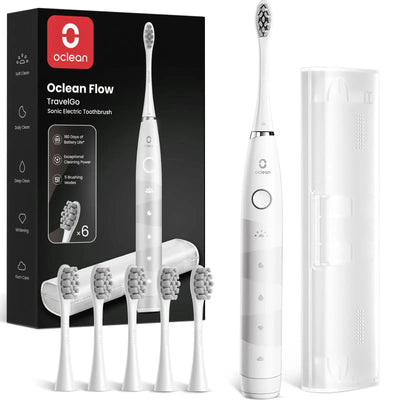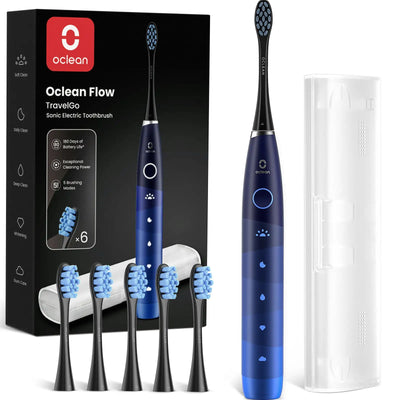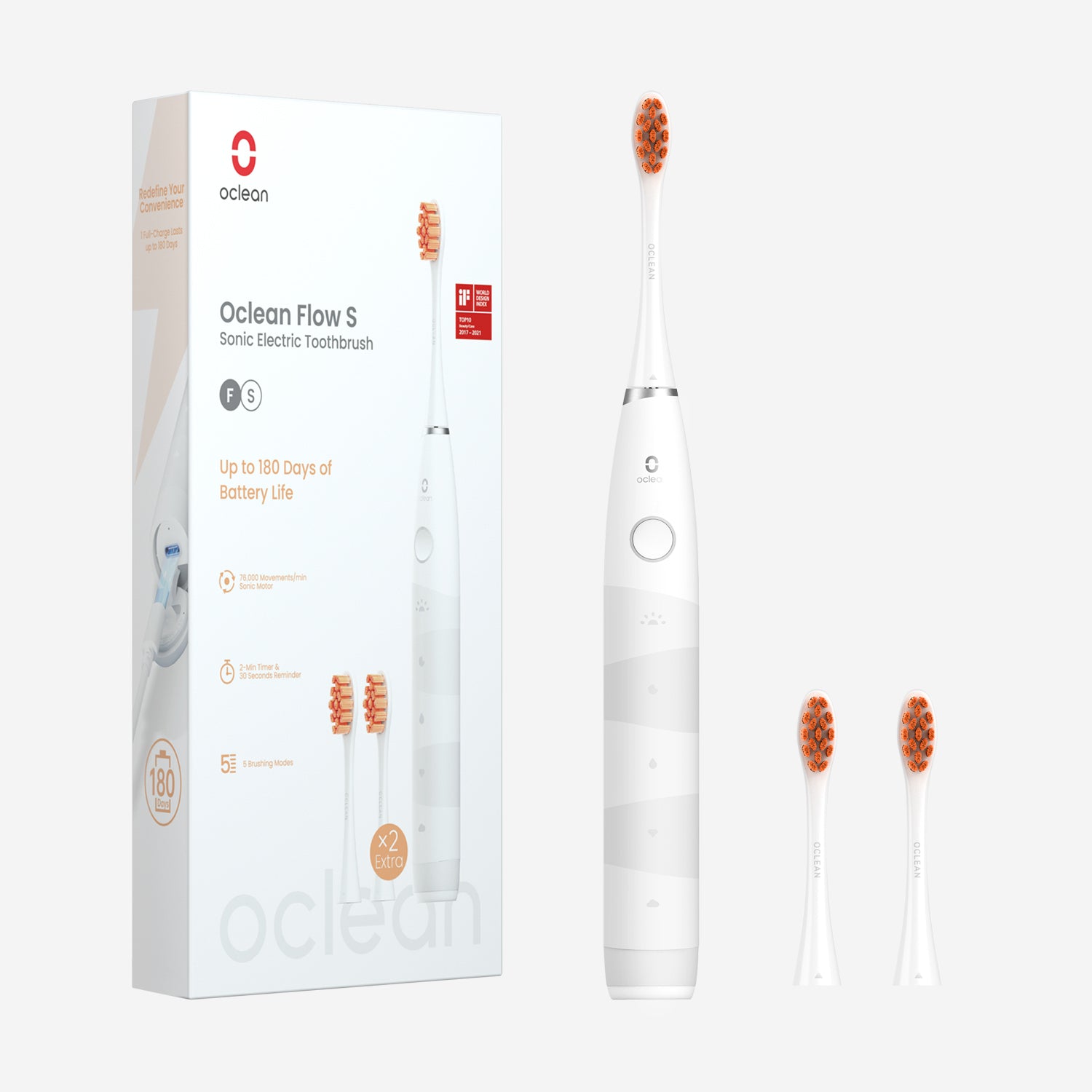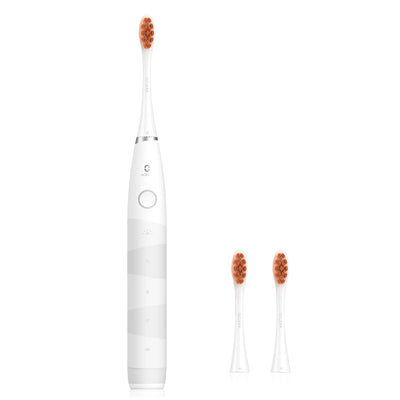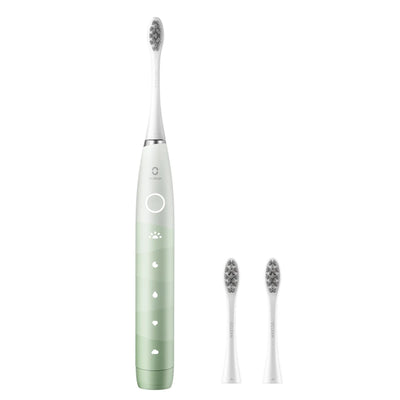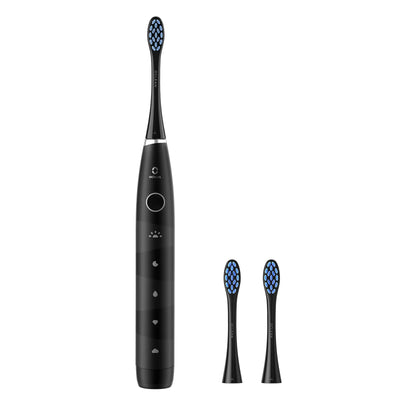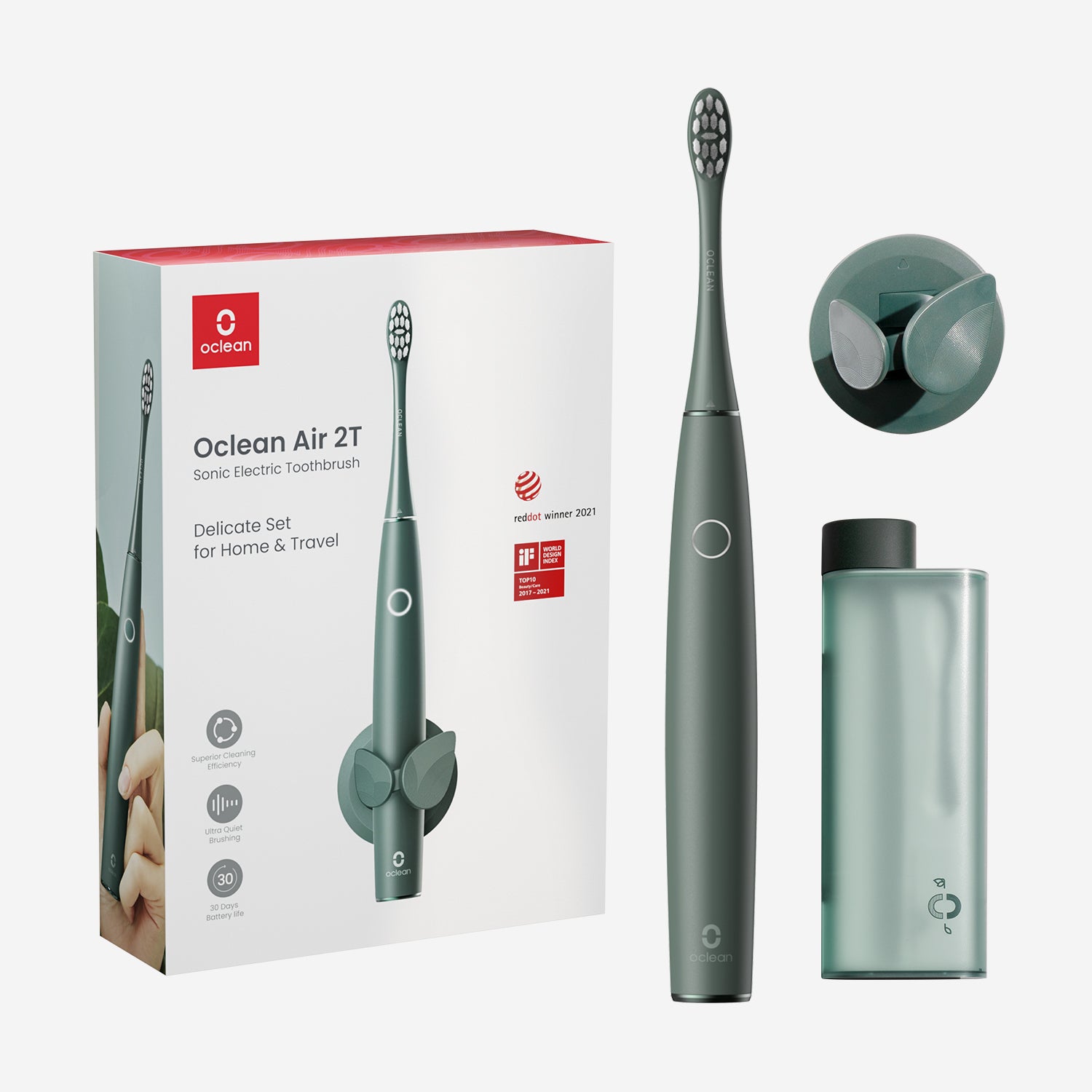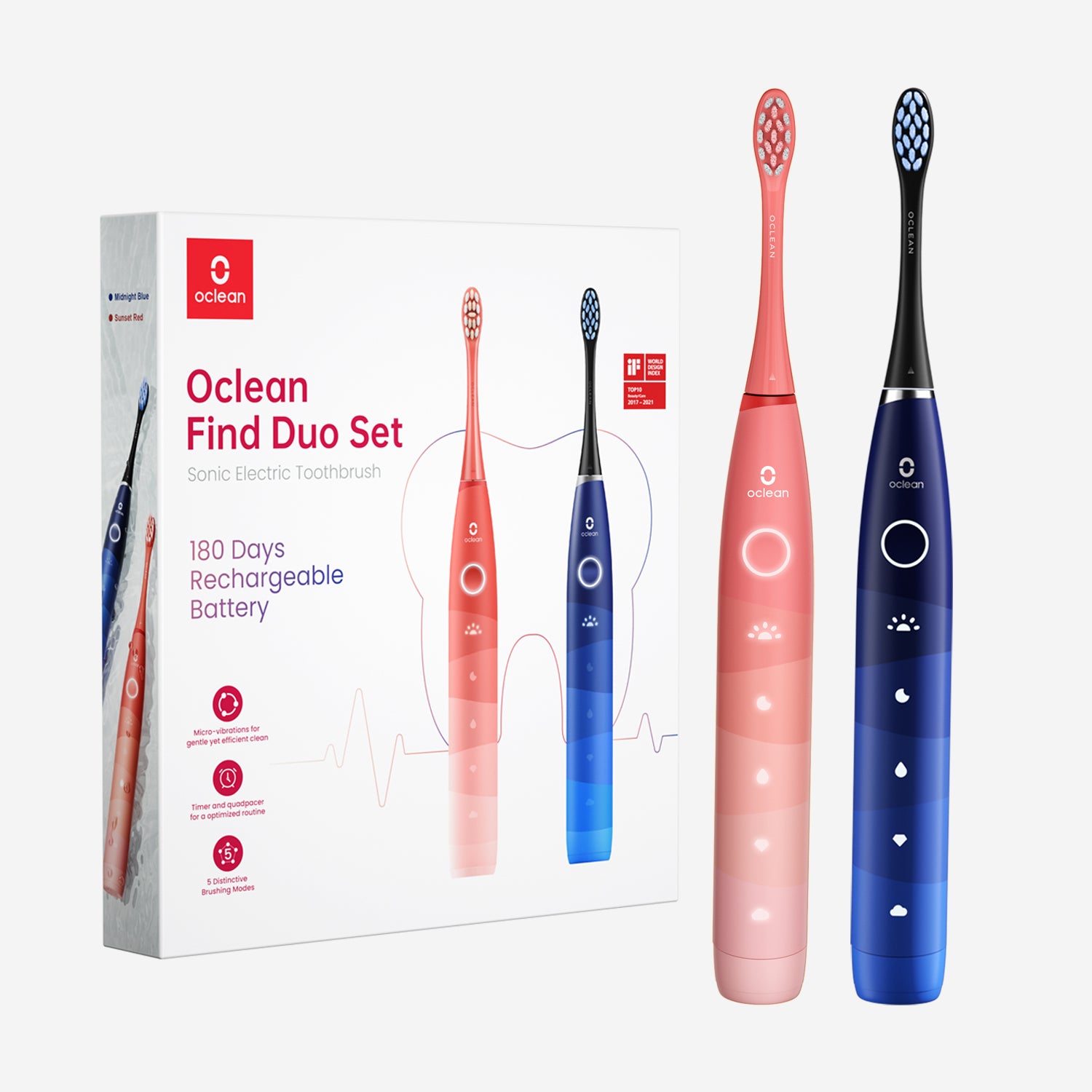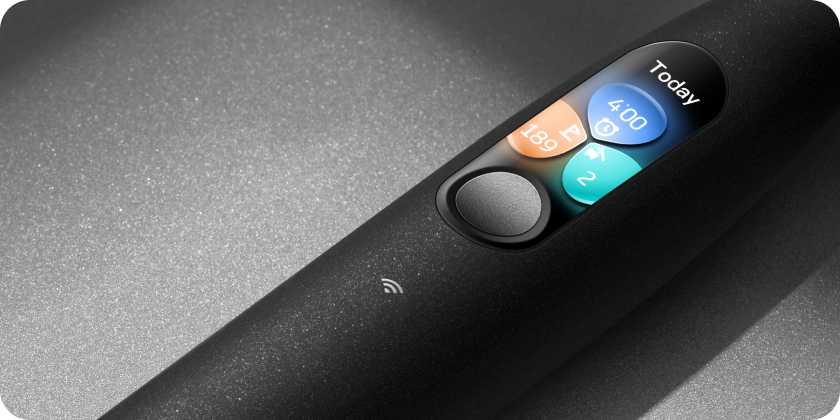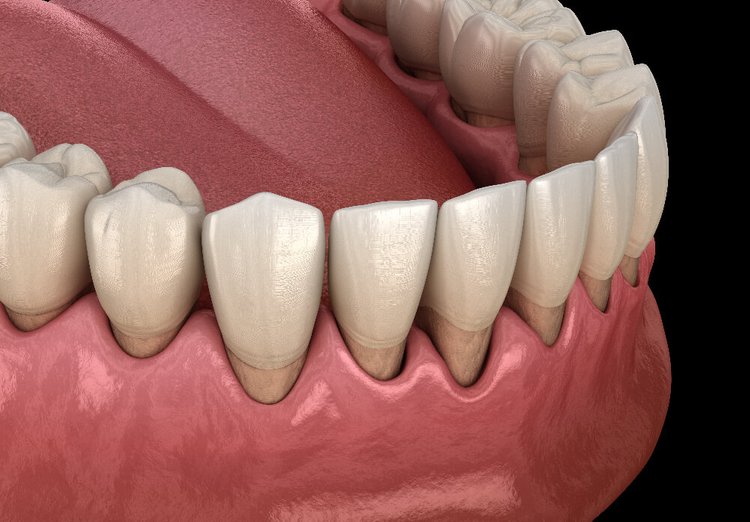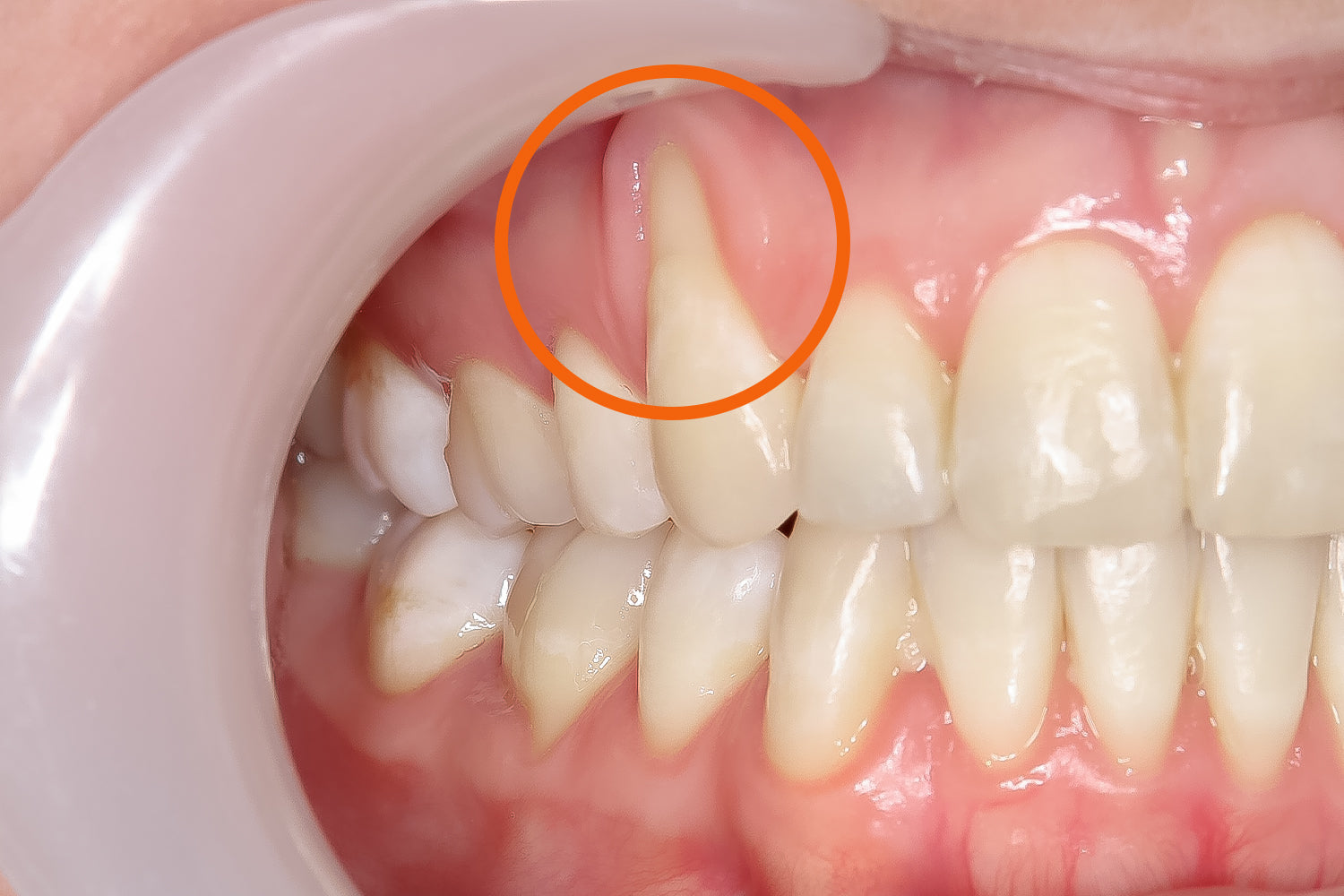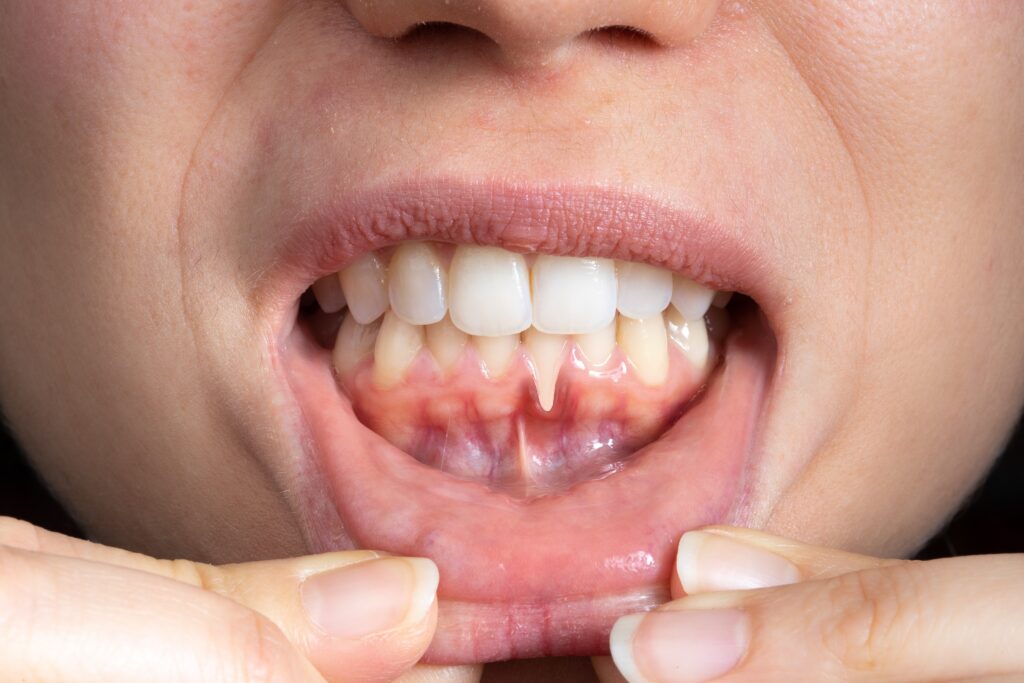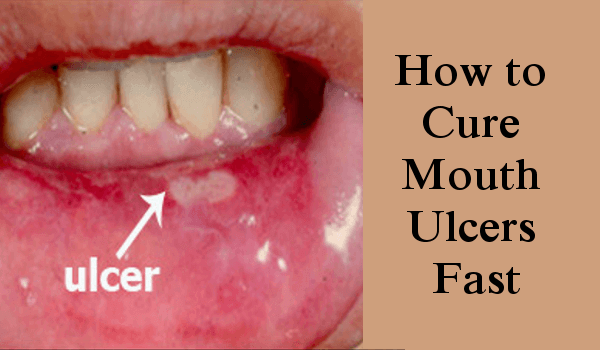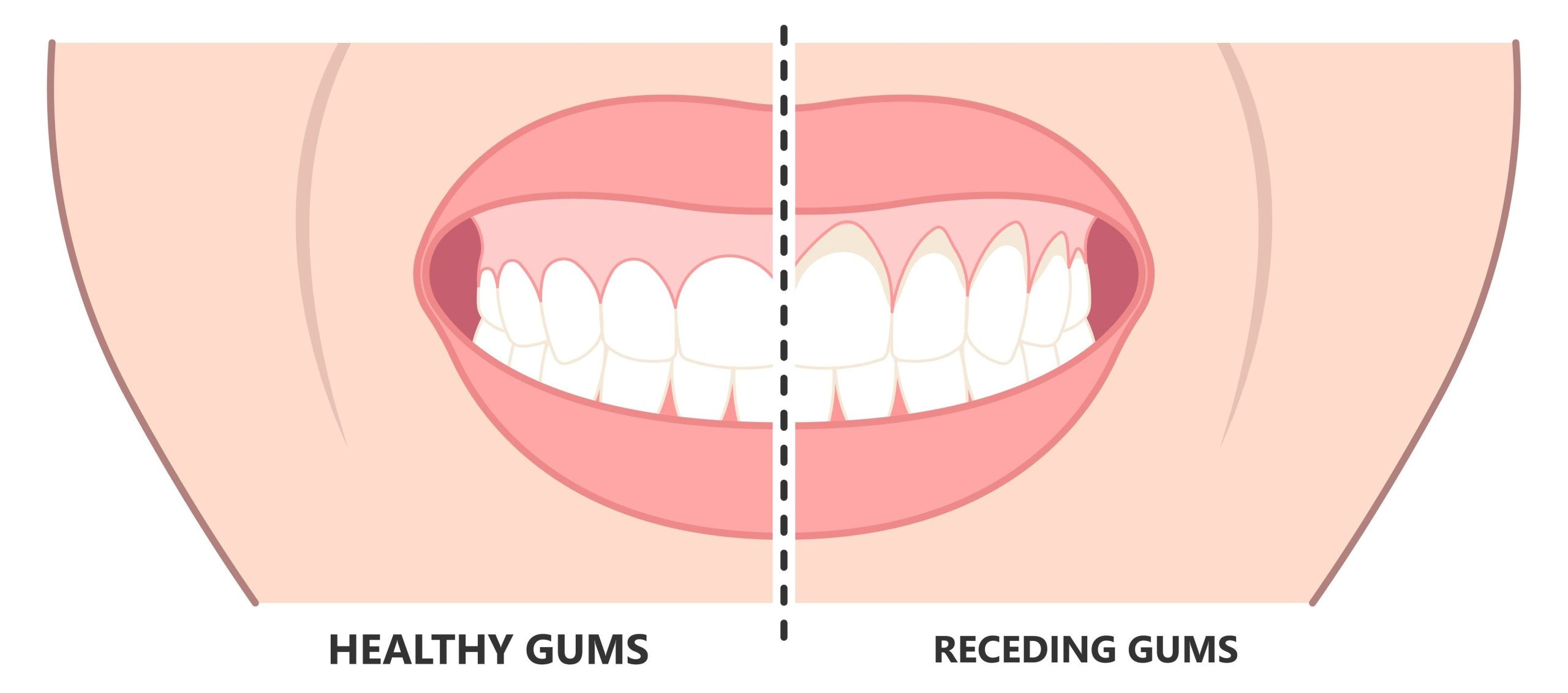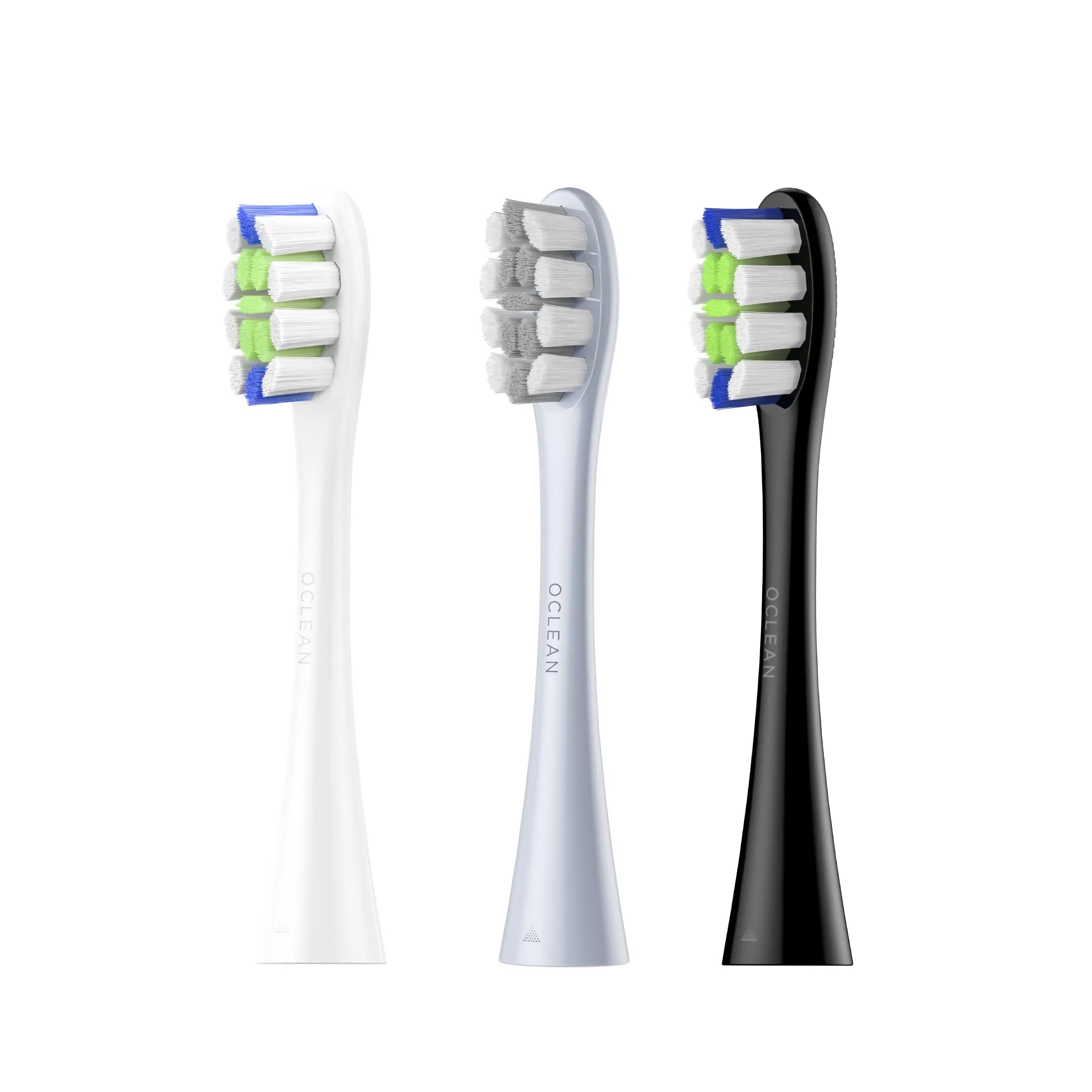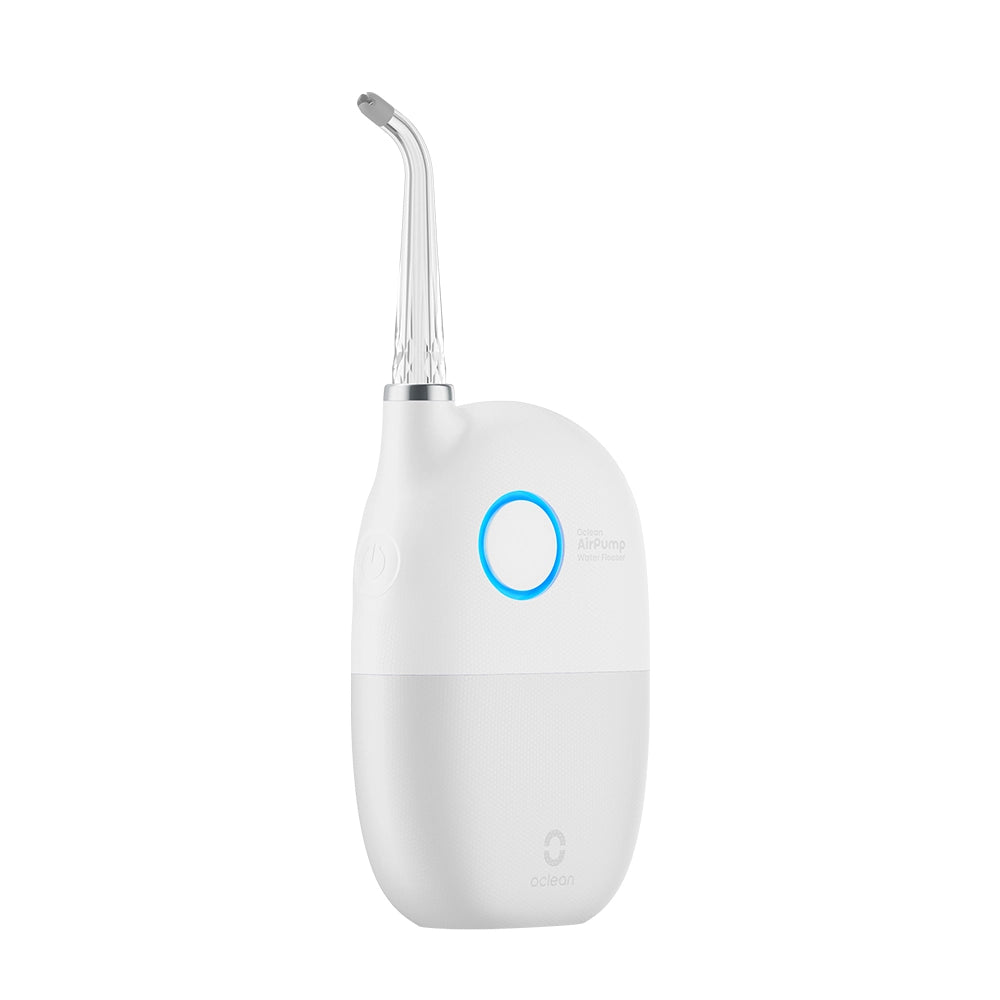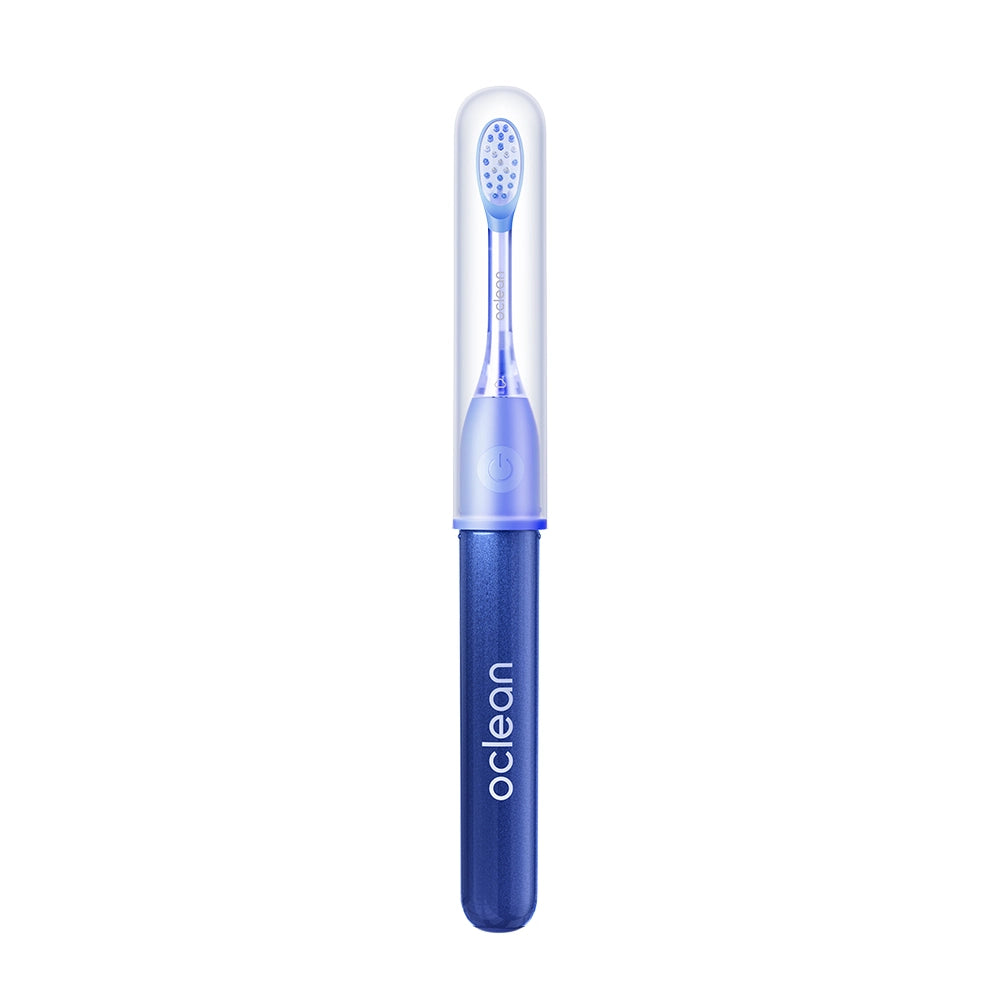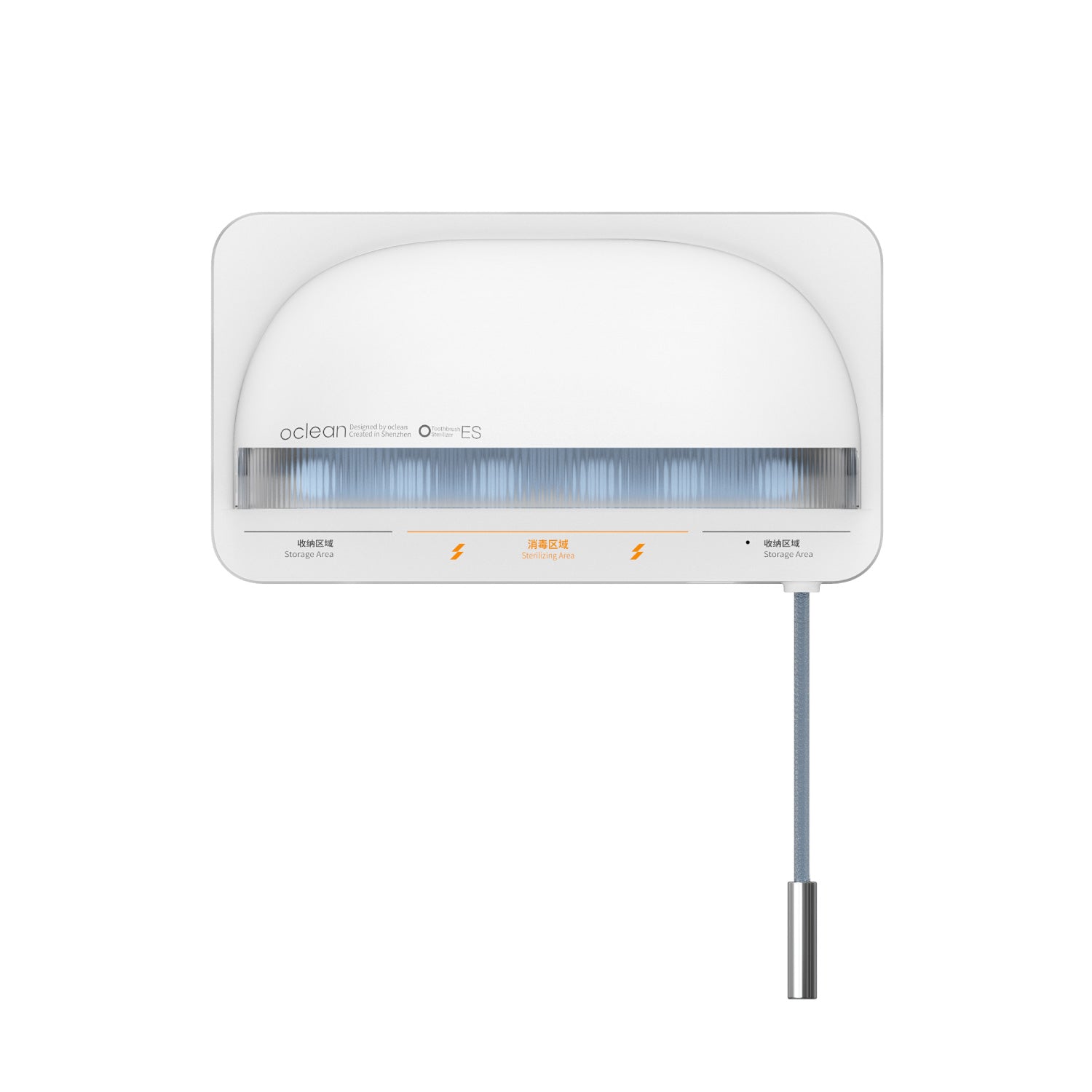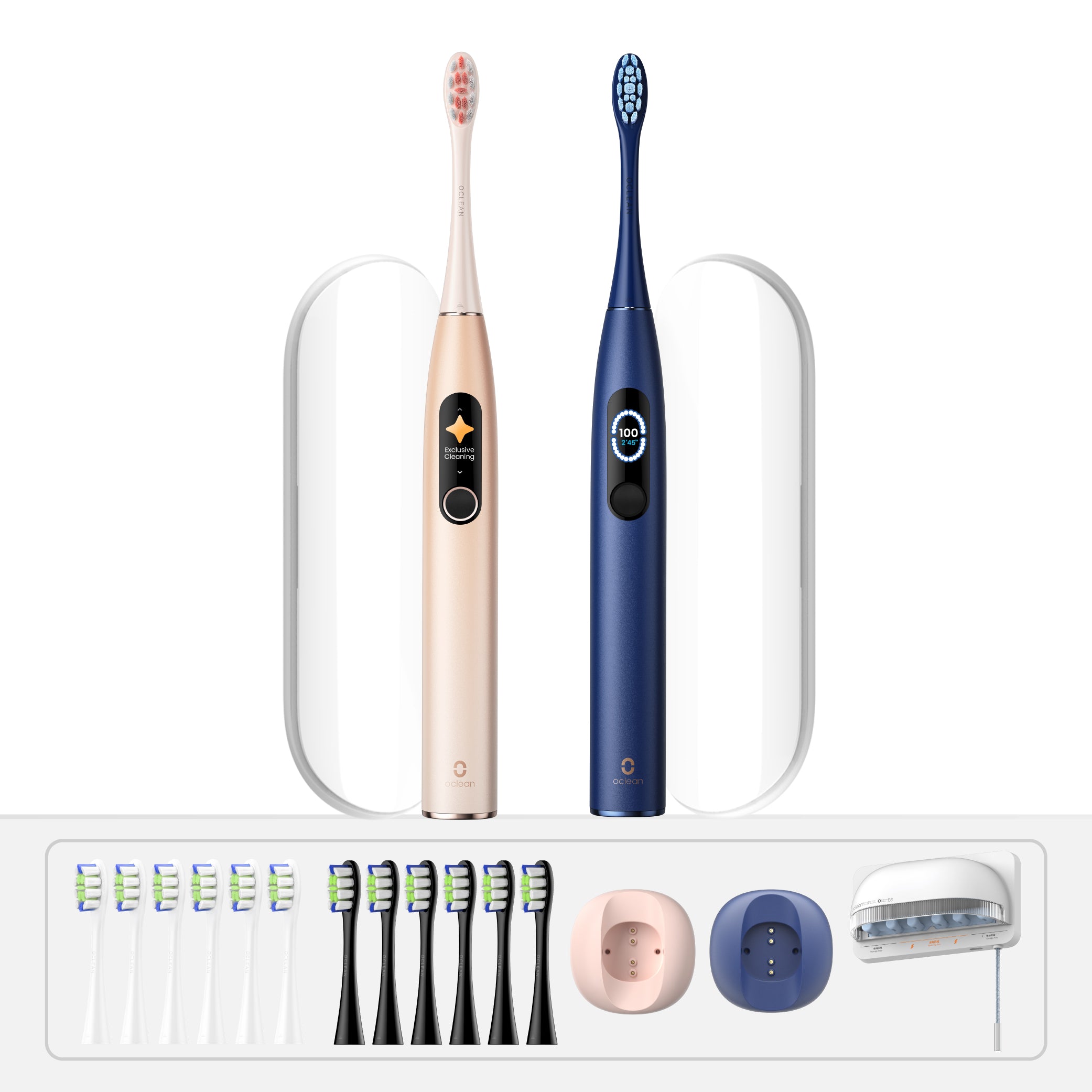It always begins the same way: you’re brushing, eating, or just going about your business, and then suddenly, a sudden twinge of pain in some particular area of the gums. Not the entire mouth. Just one aggravating location that seems to wave a red flag at you. So you immediately wonder: Why do my gums hurt in one spot? And today in this post, we are going to answer just that!

What is Localized Gum Pain?
Ever have the sense that just a small part of your gum is hurting, where the rest of your mouth is perfectly okay? That is localized gum pain. That is where pain is concentrated in just that single area, rather than the entire gum line.
It is likely nothing serious if it is mild and resolves in a day or two, but if it persists or worsens, best to have your dentist check.
Why Do My Gums Hurt in One Spot?
If only one area of your gums hurts, your mouth is trying to tell something very specific to you. It might be a piece of food stuck in there (that stubborn popcorn shell), a cut from rough food, or even a sensitive spot from harsh brushing.
Sometimes it is the beginning of gingivitis in a single area that has been triggered before spreading. [1] Other times, it is an abscess – a deep pocket infection that requires immediate attention.
You may also experience pain in one spot if the tooth work (such as a crown or filling) is irritating the surrounding gum, or if you are clenching or grinding your teeth and the pressure is putting stress on that single area.
If the discomfort does not subside in a couple of days or recurs, do not ignore the pain. Spot pain now may be the signal to avoid larger issues later.
Is Gum Pain in One Spot Always a Sign of Infection?
Not always. Simply because part of your gum is sore does not always indicate that it is infected. Sure, gum abscesses or viral sores can cause the sharp, pinpoint pain, but so can many other things. Mild gum disease can even begin in a single isolated area. So, although infection is a possibility, it is not the only possibility, and not always the most probable.
Common Causes of Gum Pain in One Spot
Wondering why your gums hurt in just one spot? These are some of the most frequent causes of why you may experience pain in just a single location on your gums.
1. Something is Stuck Between Your Teeth
Yes, even a sesame seed or a small piece of popcorn can be the culprit. If food becomes wedged between the teeth or under the gum, the soft tissue is poked and irritated, leading to soreness and swelling at just that location.
2. Brushing Too Hard or Gum Injuries
Think harder brushing equals cleaner teeth? Not so much. Brushing with too much force or using a hard-bristled toothbrush may end up harming your gums instead. It may create small nicks or irritation in a single spot, around your gumline. [2]
3. Early Gum Disease
On some occasions, pain in a single location is the initial indication of gum disease. During the initial stage — referred to as gingivitis — your gums may become red, puffy, and tender due to plaque accumulation.
4. A Localised Infection or Dental Abscess
A tooth abscess is like a pimple in your gum — swollen, painful, and not to be ignored. It most commonly occurs when bacteria penetrate deep into the gum or tooth to create a pocket of pus. The pain may feel severe in the same location and may or may not throb or bring on swelling. [3]
5. Periodontal Disease
This is the more serious phase of gum disease. When gums begin to pull away from the teeth and create small pockets, bacteria can move in to form infections.
6. Canker Sores
These small red or white sores show up anywhere in your mouth, even on the gums. They are not contagious, but gosh, they hurt. Spicy or sour foods irritate them. But they tend to heal up in a week or so. [4]
7. You Bit or Burned Yourself
Occasionally, we hurt our gums without even knowing. Perhaps you bit your cheek or picked at your gum with a toothpick or tortilla chip. Hot cups or melted cheese on pizza may burn in one spot.
Can Stress Cause Gum Pain in One Spot?
Yes, stress can really mess with your mouth, even in unexpected ways. [5] You may begin to grind or clench your teeth without even realizing you are doing so, namely at night. All this added stress on the gums and the teeth can cause soreness in a particular spot.
Stress also weakens your immune system, so that your body is less effective at warding off minor infections. That can predispose your gums to getting inflamed or even infected.
Why Does My Gum Hurt When I Touch It?
When your gum is tender to the touch, that is normally a signal that something is irritating or inflaming that particular area.
The most frequent causes are:
- A piece of food lodged close to the gumline
- A minor cut due to vigorous toothbrushing or ingesting something hard
- Early gum disease or infection
- A canker sore
How to Treat Your Gum Pain
Depending on the cause of the pain, you can address some of the issues at home or see a dentist for more serious treatment.
At-Home Treatments for Gum Pain in One Spot
Here are some easy things you can try at home to alleviate the discomfort:
1. Use a Saltwater Rinse
It is an old-style treatment that actually works. Simply add a teaspoon of salt to a glass of water that is warm, swish the mixture around the mouth for 30 seconds, and repeat 2–3 times daily. It reduces swelling and keeps bacteria under control. [6]
2. Take Over-the-Counter Pain Relief
You can relieve the pain with ibuprofen or paracetamol, reducing the swelling. Use them according to the label, but avoid using them for long periods without consulting a dentist.
3. Use a Cold Compress
If the gum is swollen or aching, press a cold pack or an ice pack wrapped in a cloth to the cheek for 10 to 15 minutes. It may numb the pain and relieve swelling.
4. Be Very Gentle With Oral Hygiene
Keep on brushing and flossing — just softly! Use a soft-bristle toothbrush like the Oclean X Lite. A smarter sonic toothbrush like the Oclean X Lite even provides instant feedback to assist in perfecting how you hold the toothbrush so that you no longer scrub too hard. This keeps the mouth free of irritation but maintains the cleanliness.
Professional Treatment for Gum Pain
When your gum pain persists for more than a few days — or even returns — you should bring in the experts. A dentist can identify the cause and address the underlying issue. Here’s how he or she might proceed:
1. Prescribe Antibiotics
If there is an infection (such as an abscess), the dentist might prescribe you some antibiotics to clear that up. That is normally just part of the procedure — they'll also have to fix the thing that originally brought about the infection.
2. Deep Cleaning or Scaling and Root Planing
When plaque and tartar are causing inflammation, a thorough clean can be done by your dentist, not only above the gumline but also below. This prevents gum disease from worsening and gives the gums the opportunity to heal.
3. Incision and Drainage
When there is an abscess of pus in the gum, the dentist can create a small incision to drain the pus. After that, the area is properly treated to heal.
4. Tooth Extraction Only When Necessary
In more extreme situations, such as where a tooth is so badly damaged that it cannot be saved, removal may have to occur. Don't worry – it is a routine procedure, and your dentist will keep you at ease throughout.
How to Prevent Future Gum Pain
Gum pain is usually avoidable with a bit of daily attention. Here is how to keep your gums healthy and happy:
- Brushing twice a day: Brush with a soft-bristled toothbrush like Oclean X Ultra 20 and toothpaste containing fluoride to carefully scrub your teeth and gumline.
- Rinse with mouthwash: Use an alcohol-free antiseptic mouthwash to decrease bacteria and keep the mouth fresh.
- Eat a healthy diet: Reduce the amount of sugary snacks and beverages consumed. Increased intake of fruits, vegetables, and water equals healthier teeth.
- Quit smoking: Tobacco is an irritant to the gums, hampering healing. Quitting helps a lot.
The Bottom Line
If your gum hurts in just one spot, don’t brush it off. It could be something simple, like food stuck between your teeth, or a sign of something more serious, like gum disease or an infection.
Good oral hygiene, a gentle routine, and regular dental check-ups can go a long way. And if the pain sticks around or gets worse, it’s best to see your dentist. Listening to your gums now can save you a lot of trouble later.
Reference
Institute for Quality and Efficiency in Health Care. “Gingivitis and Periodontitis: Overview.” Nih.gov, Institute for Quality and Efficiency in Health Care (IQWiG), 23 Aug. 2023, www.ncbi.nlm.nih.gov/books/NBK279593/.
Addy, M., and M.L. Hunter. “Can Tooth Brushing Damage Your Health? Effects on Oral and Dental Tissues.” International Dental Journal, vol. 53, no. S3, June 2003, pp. 177–186, https://doi.org/10.1111/j.1875-595x.2003.tb00768.x.
Suhana, MA Intan, et al. “Inflammation of the Gums.” Malaysian Family Physician : The Official Journal of the Academy of Family Physicians of Malaysia, vol. 15, no. 1, 18 Mar. 2020, p. 71, pmc.ncbi.nlm.nih.gov/articles/PMC7136683/.
Information, National Center for Biotechnology, et al. Canker Sores (Mouth Ulcers): Overview. Www.ncbi.nlm.nih.gov, Institute for Quality and Efficiency in Health Care (IQWiG), 15 Aug. 2019, www.ncbi.nlm.nih.gov/books/NBK546250/.
Goyal, Sachin, et al. “Stress and Periodontal Disease: The Link and Logic!!” Industrial Psychiatry Journal, vol. 22, no. 1, 2013, pp. 4–11, www.ncbi.nlm.nih.gov/pmc/articles/PMC3895311/, https://doi.org/10.4103/0972-6748.123585.
“How to Treat Gum Pain.” WebMD, www.webmd.com/oral-health/treating-gum-pain.
Table of Contents
